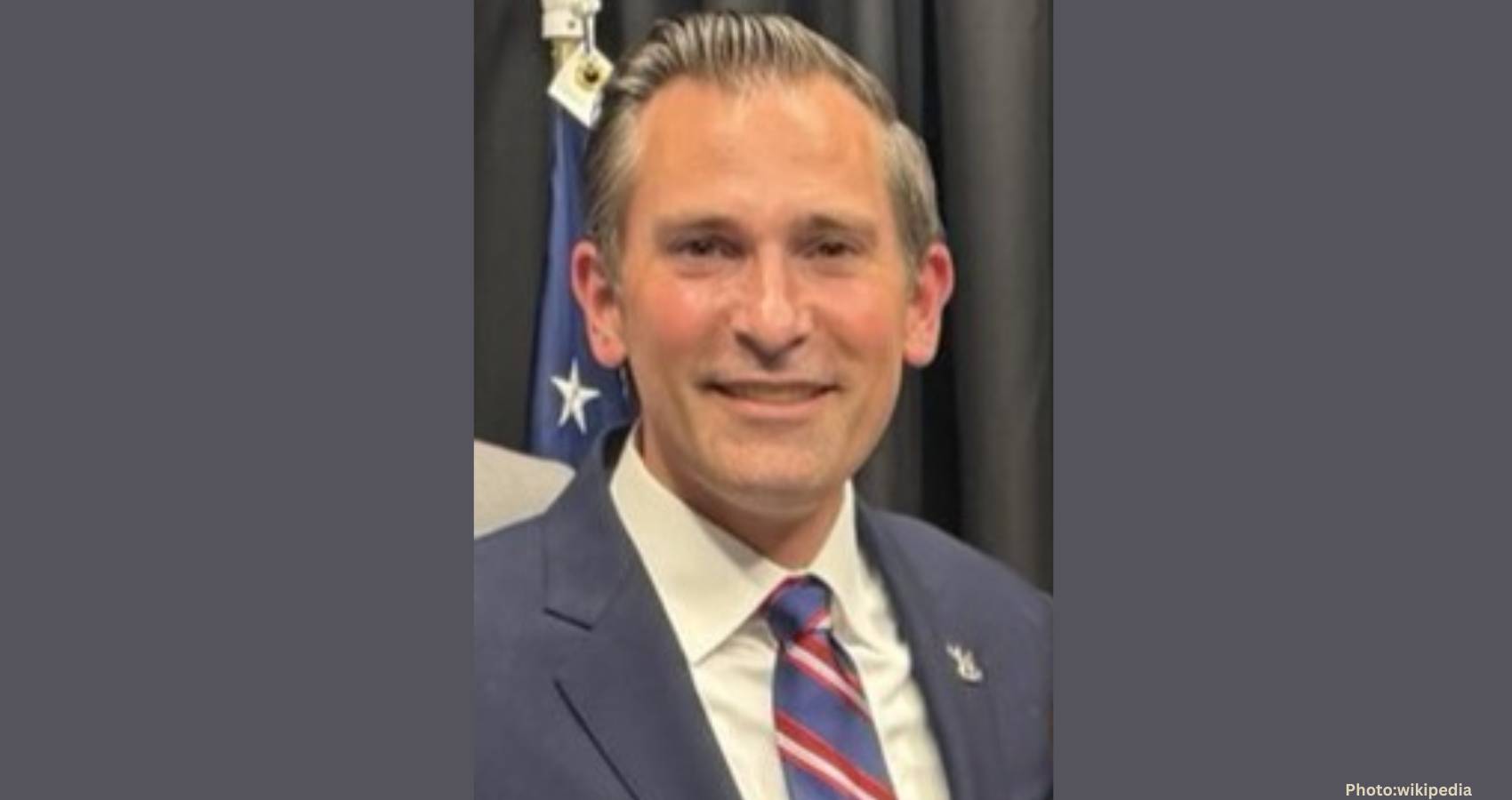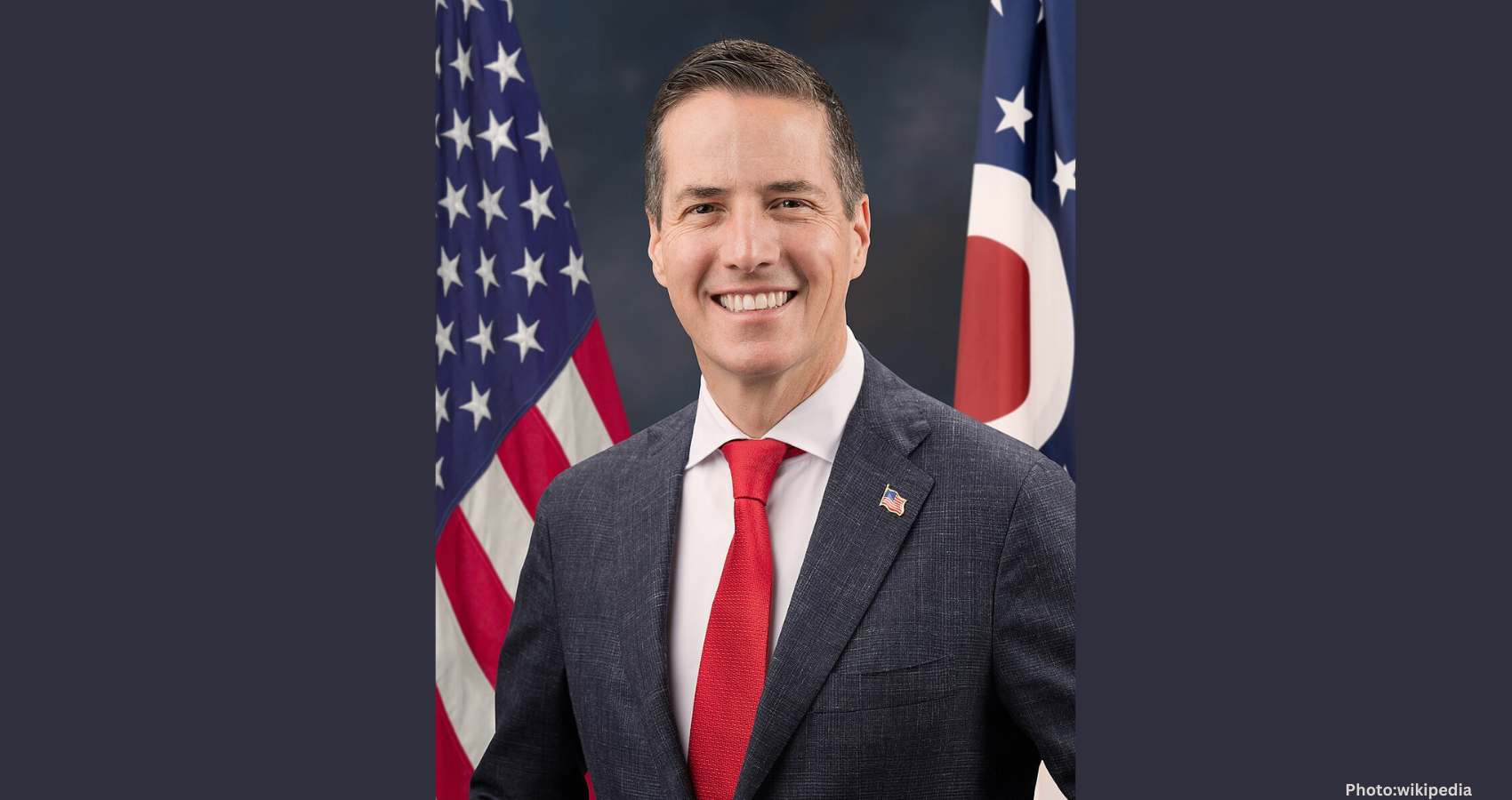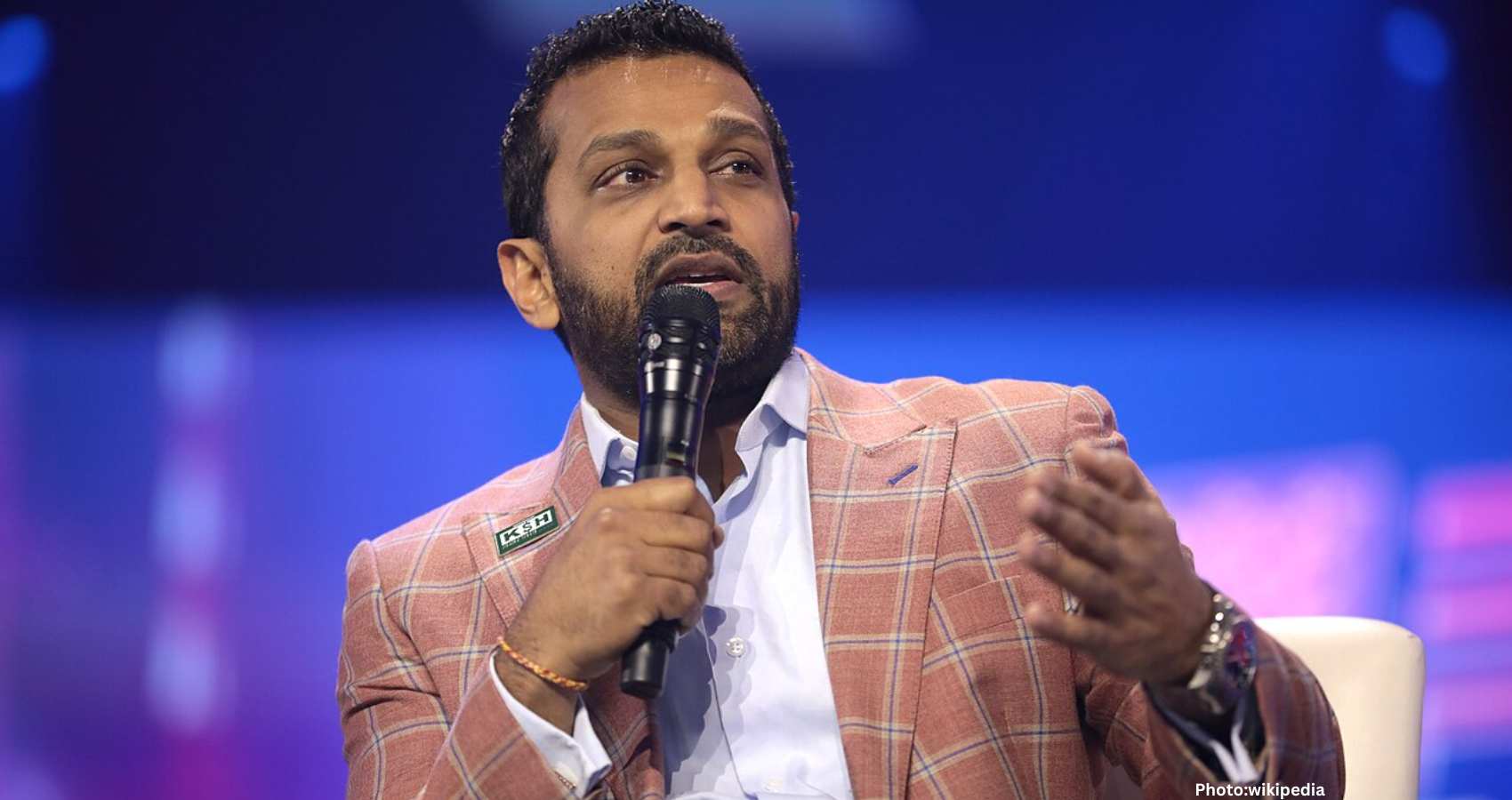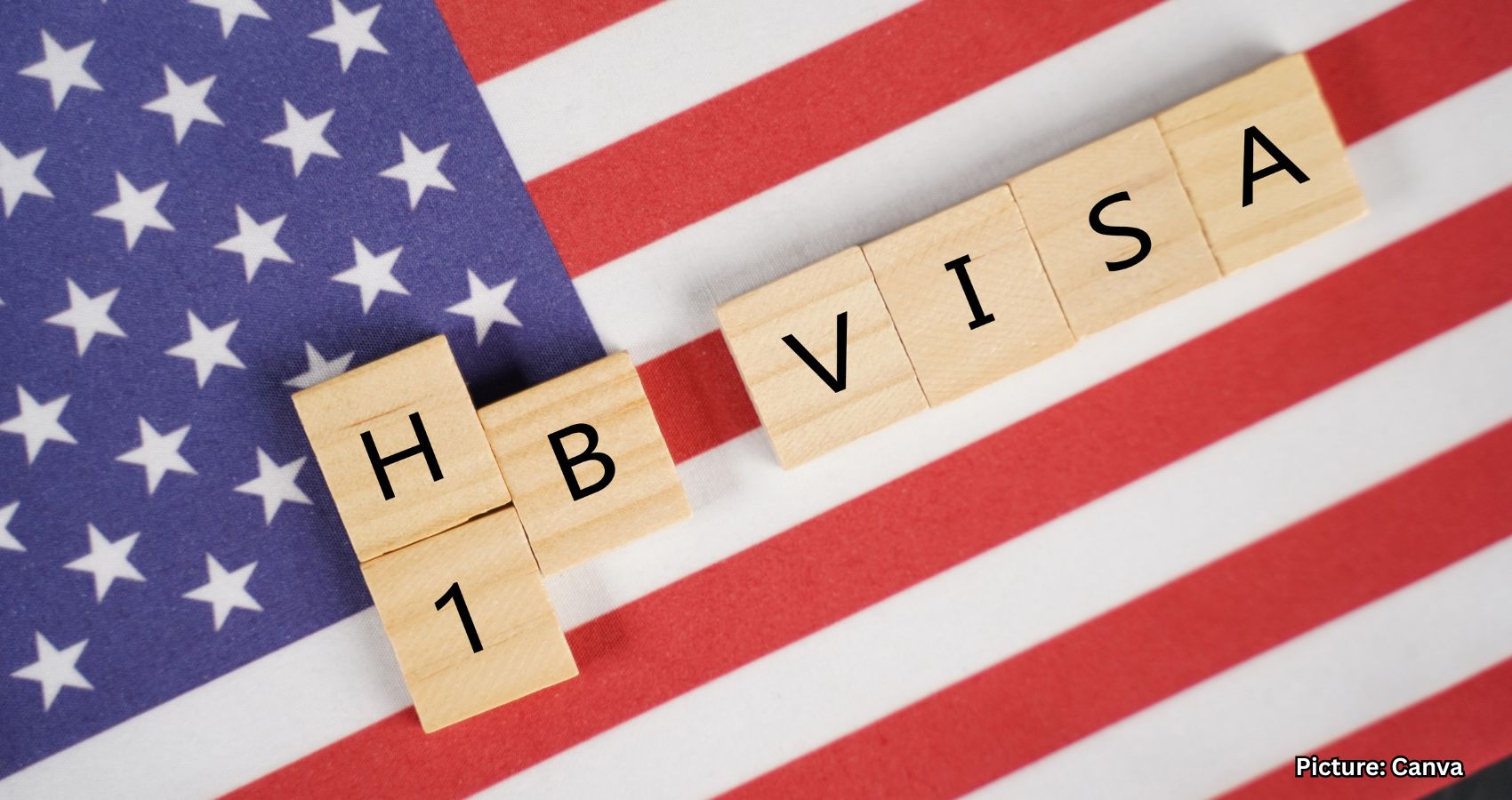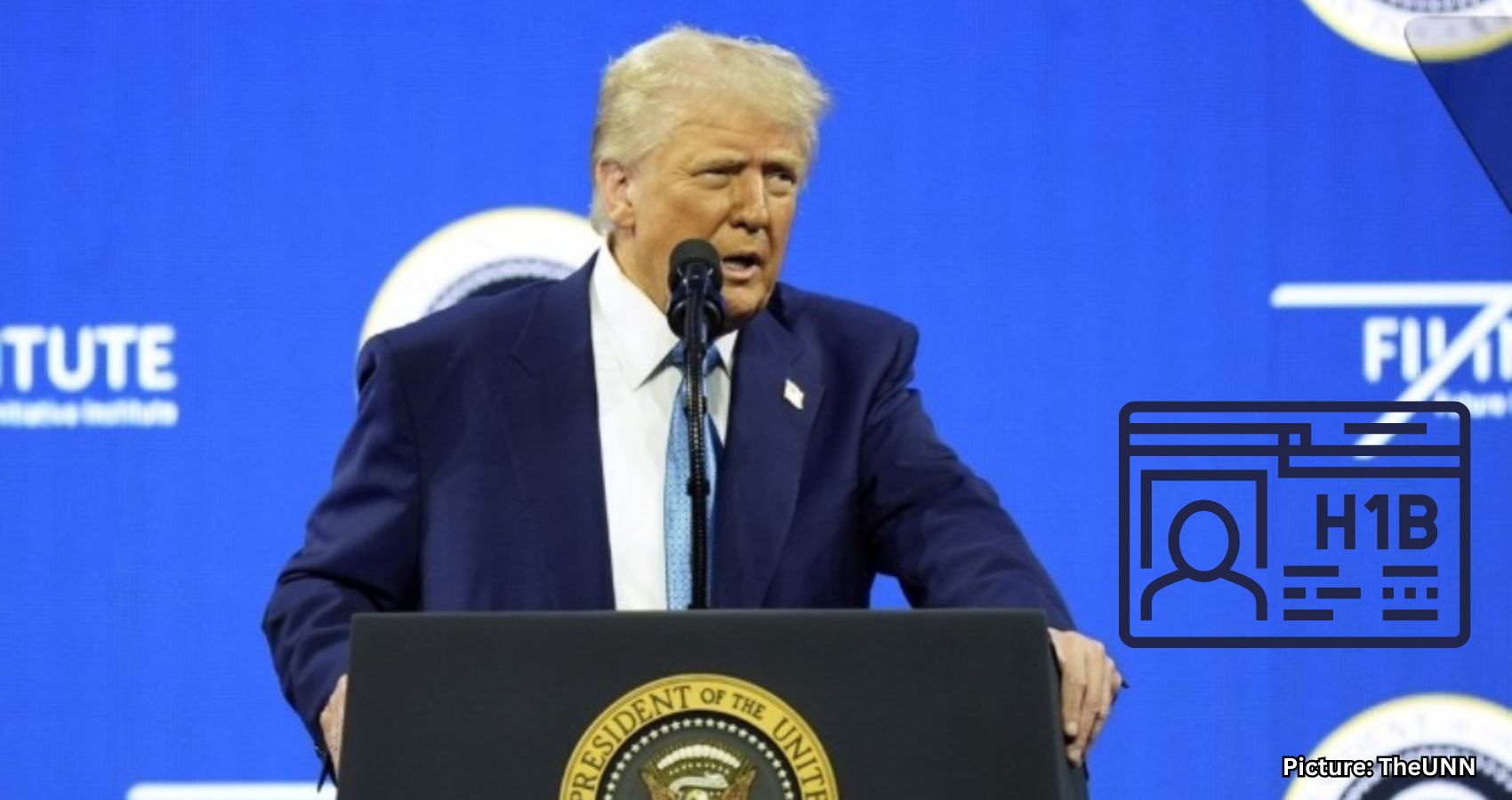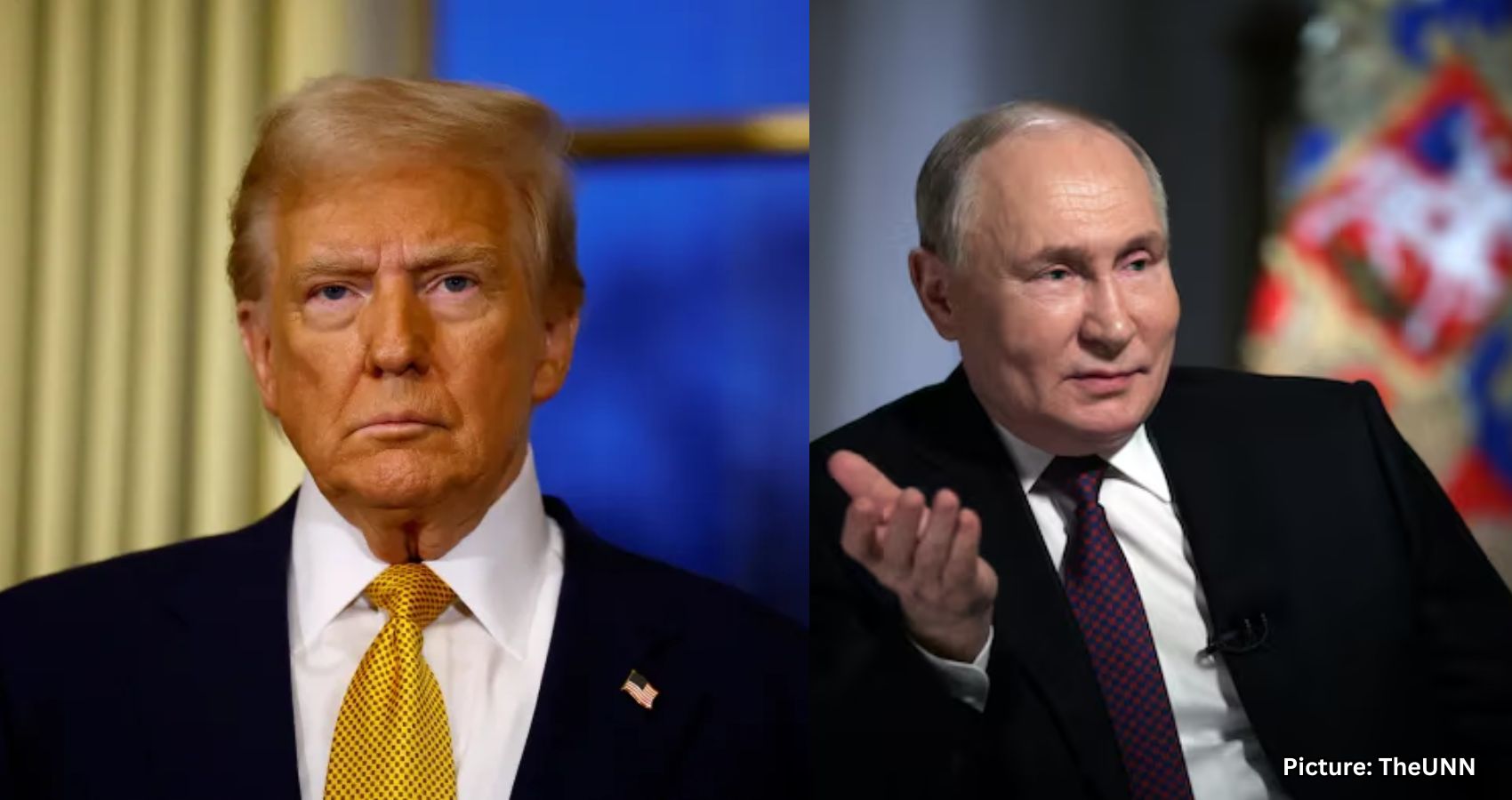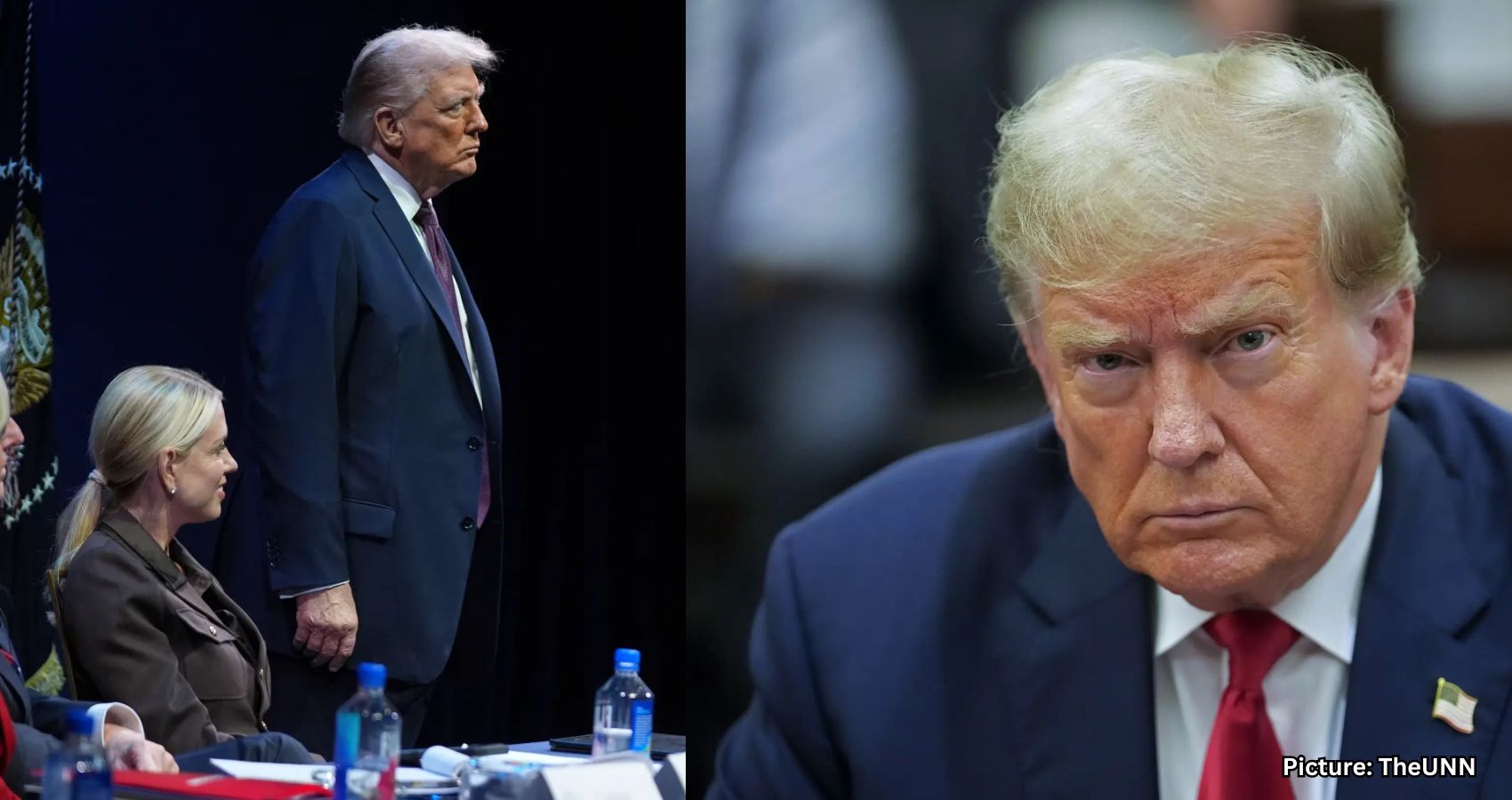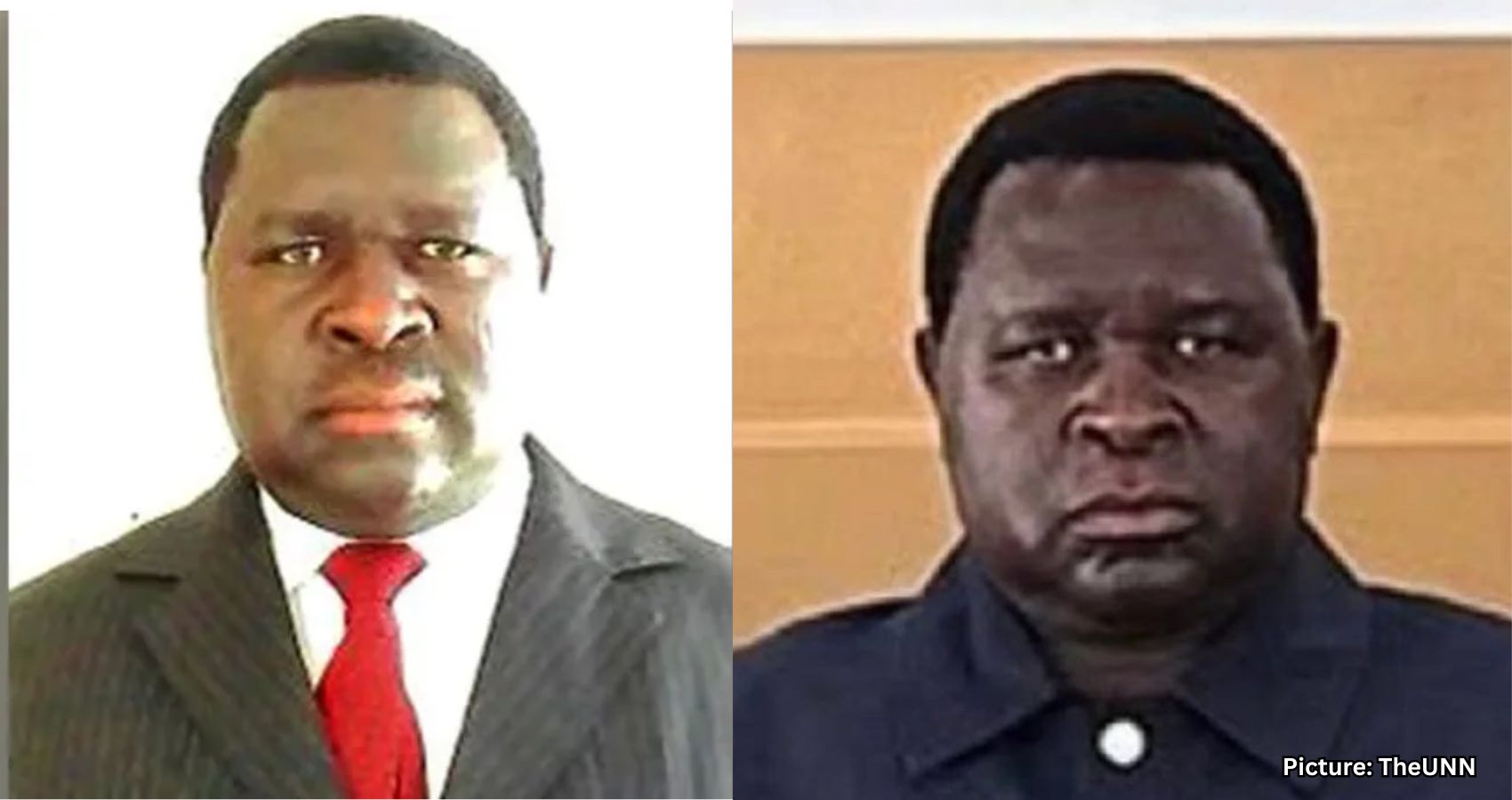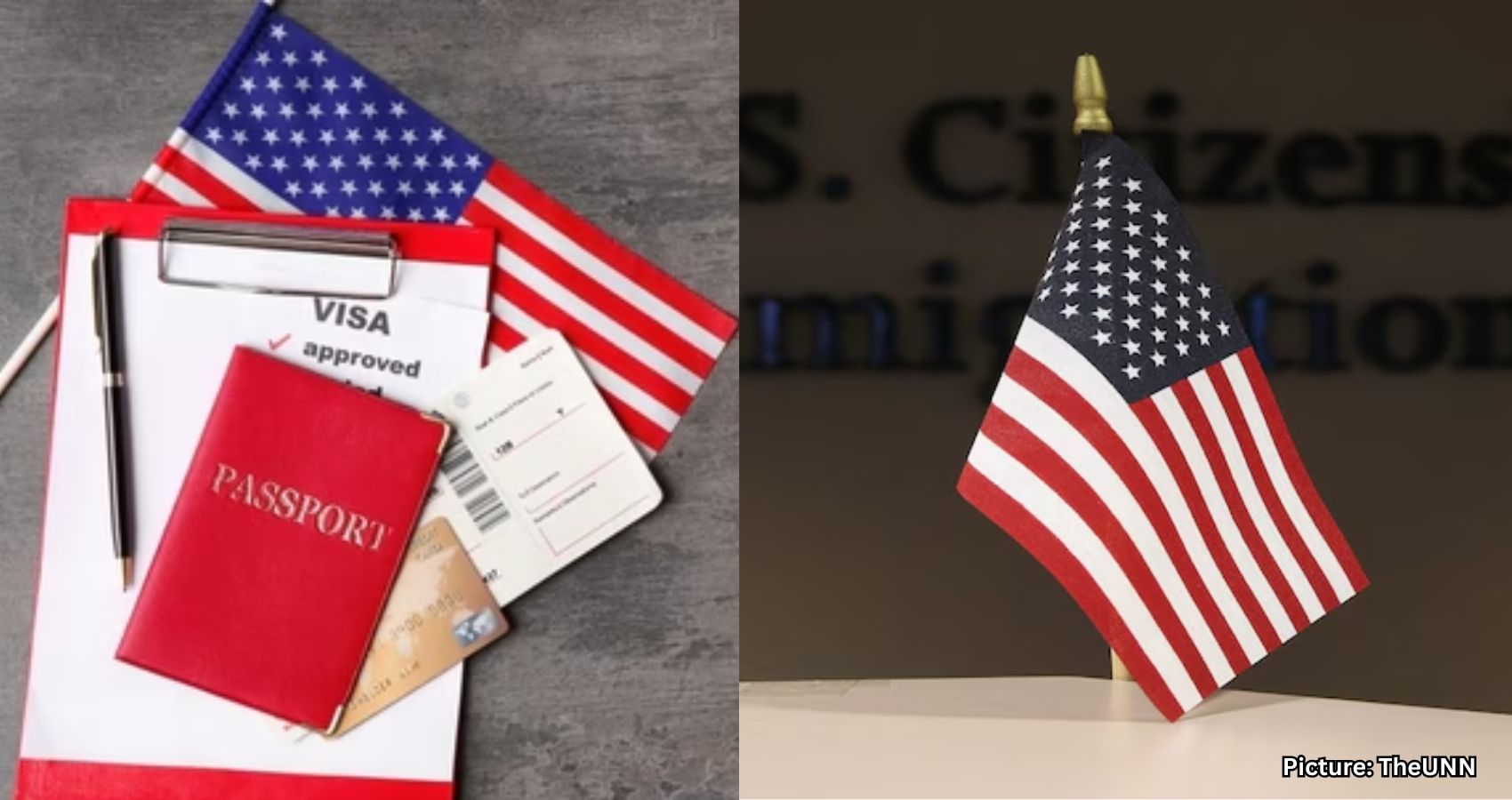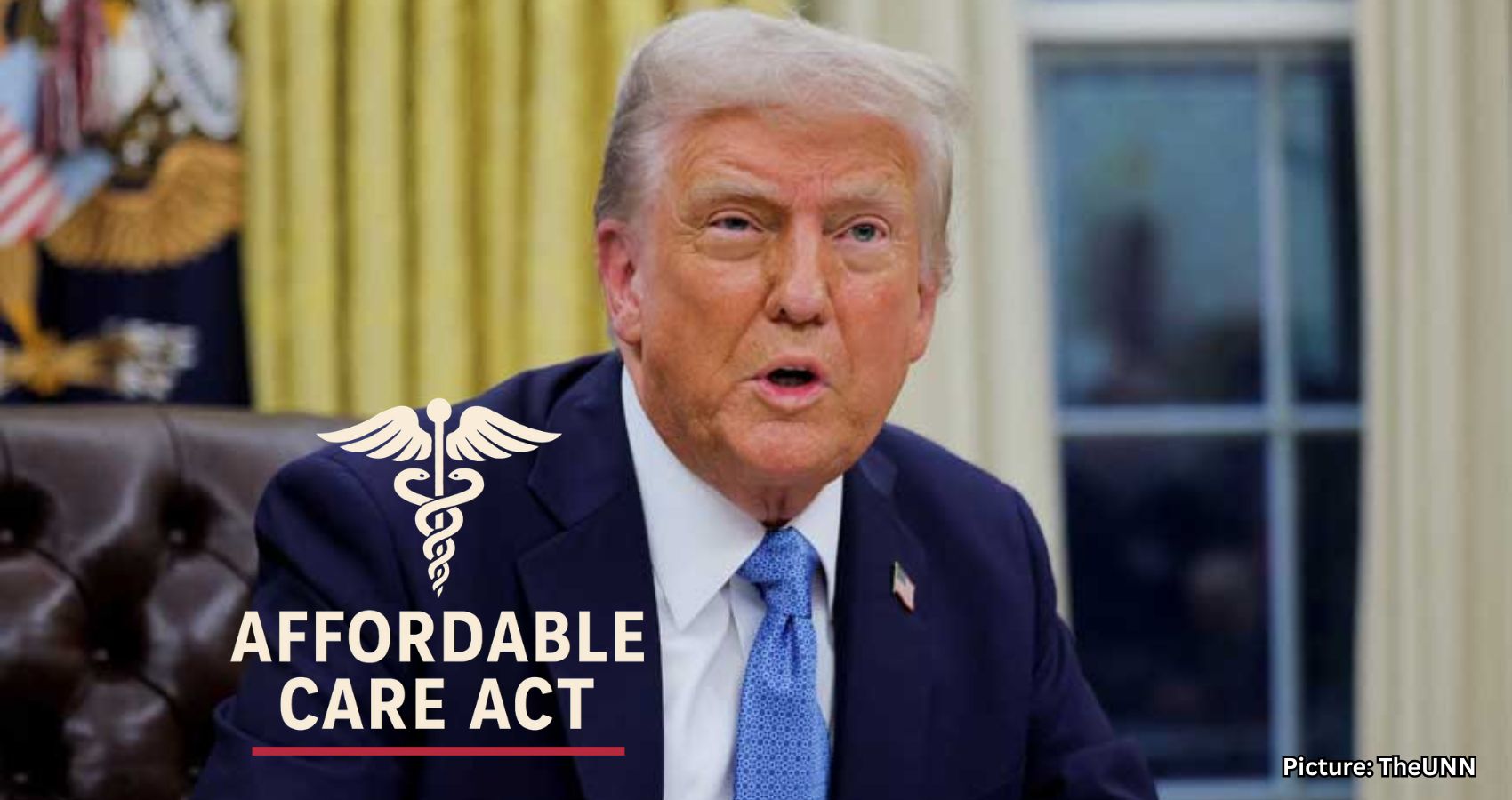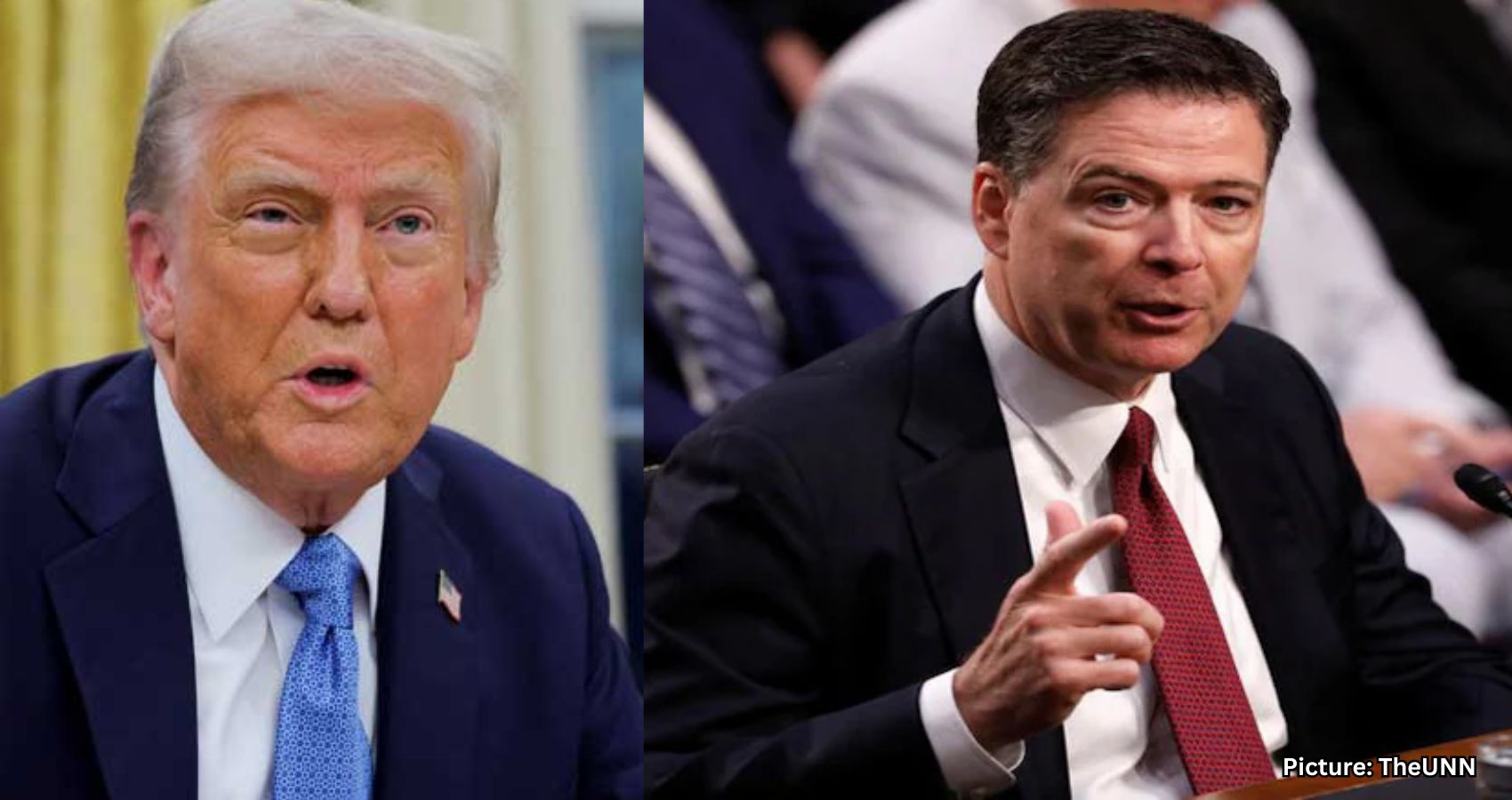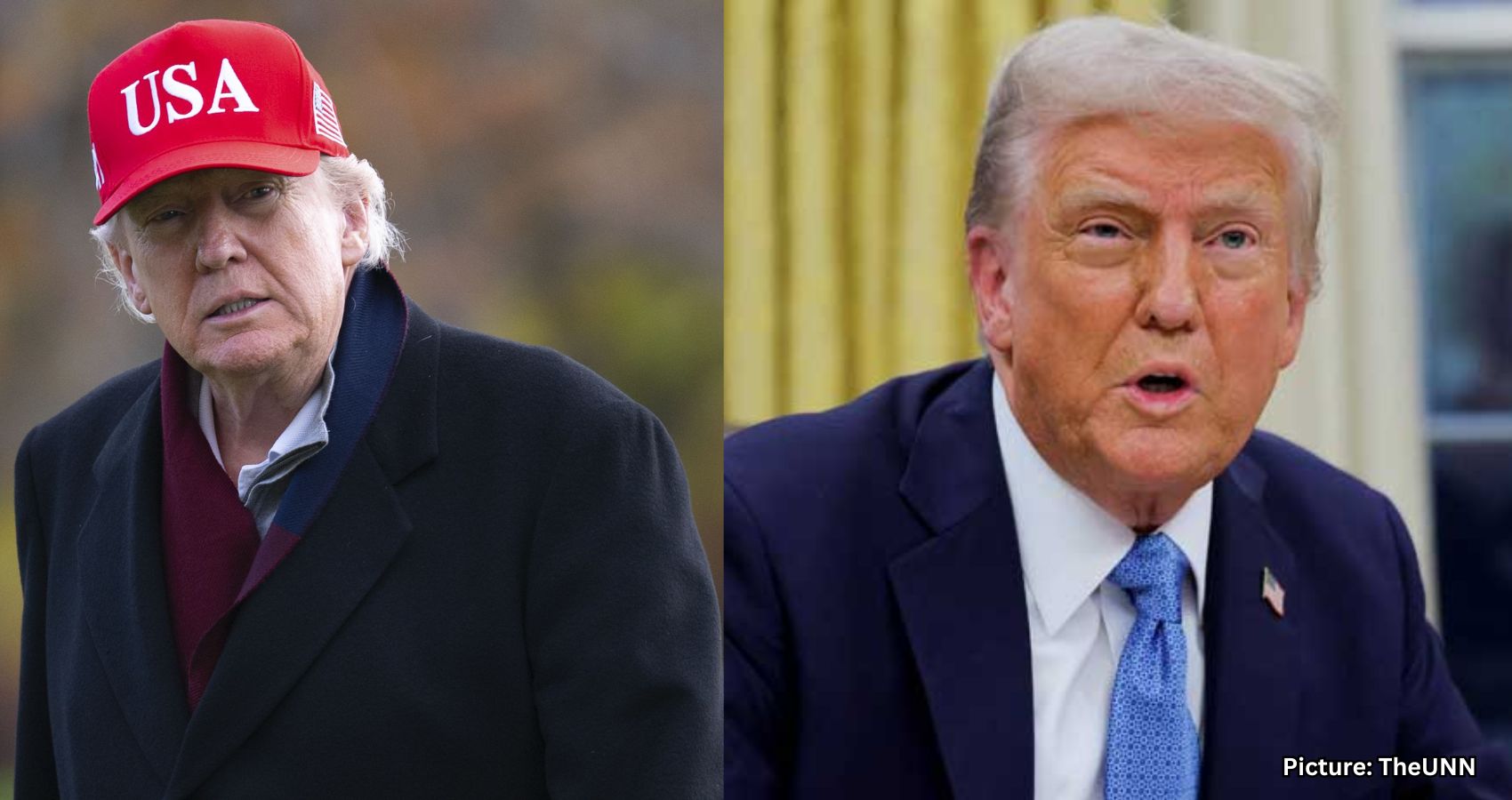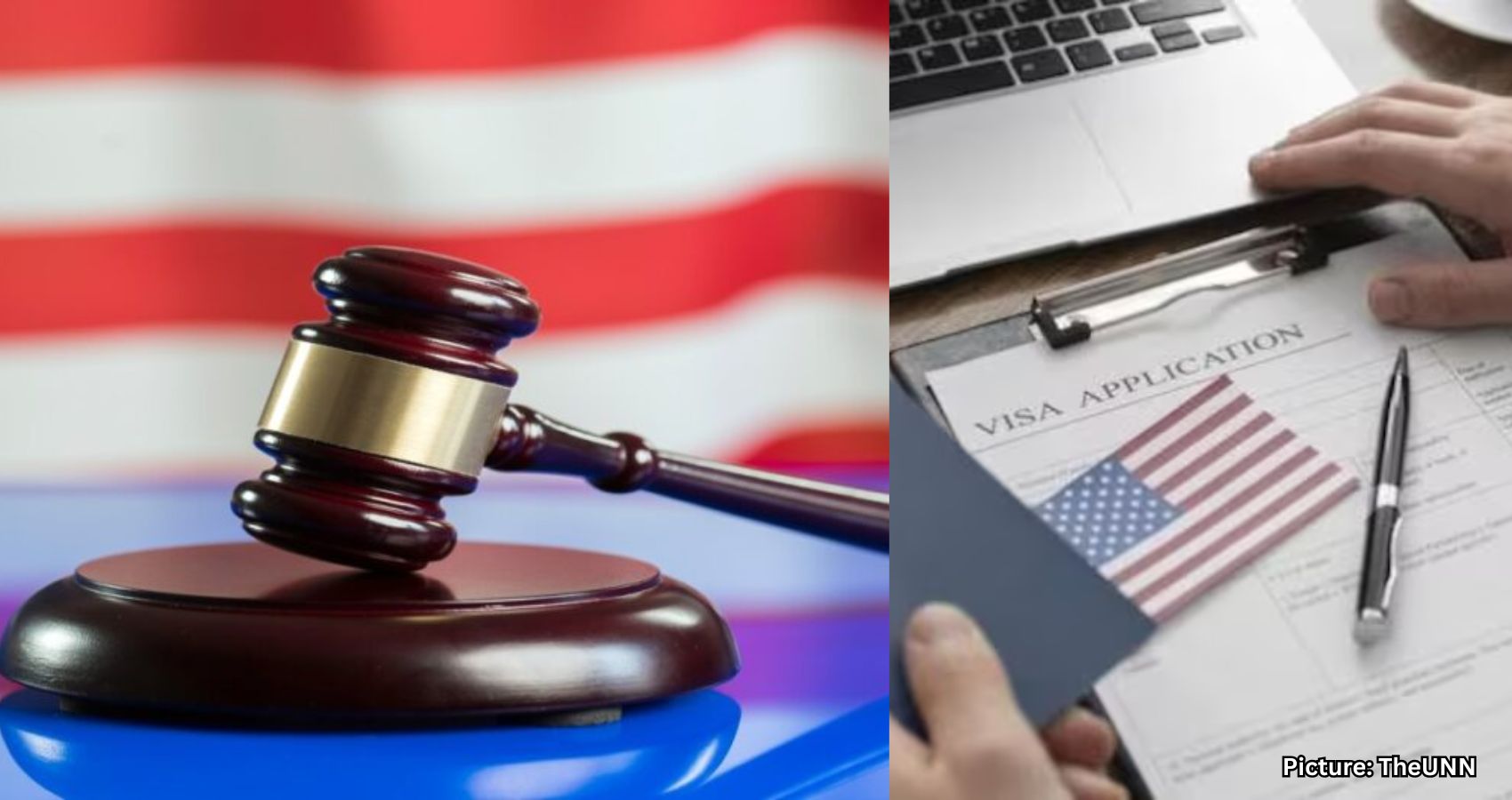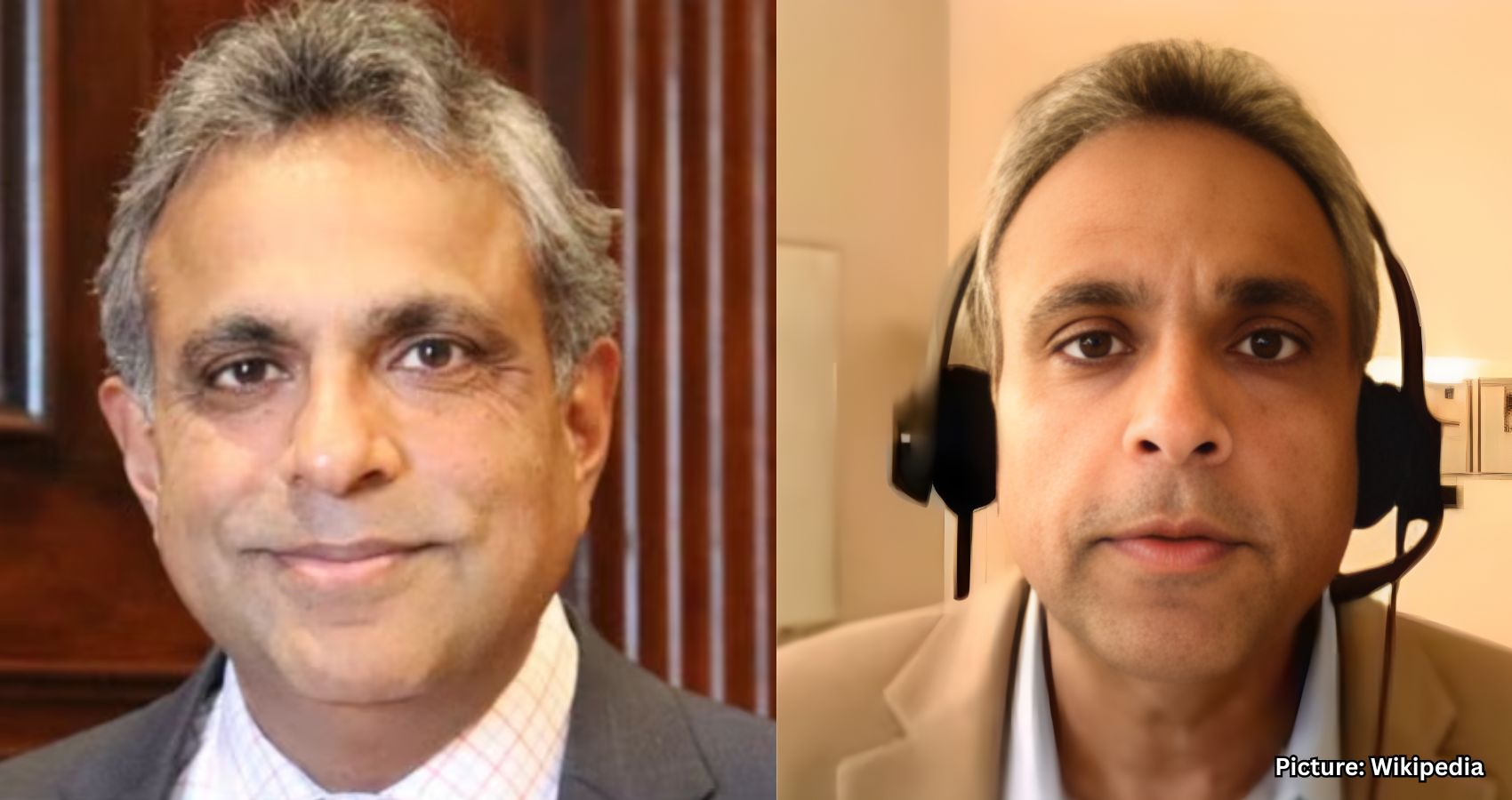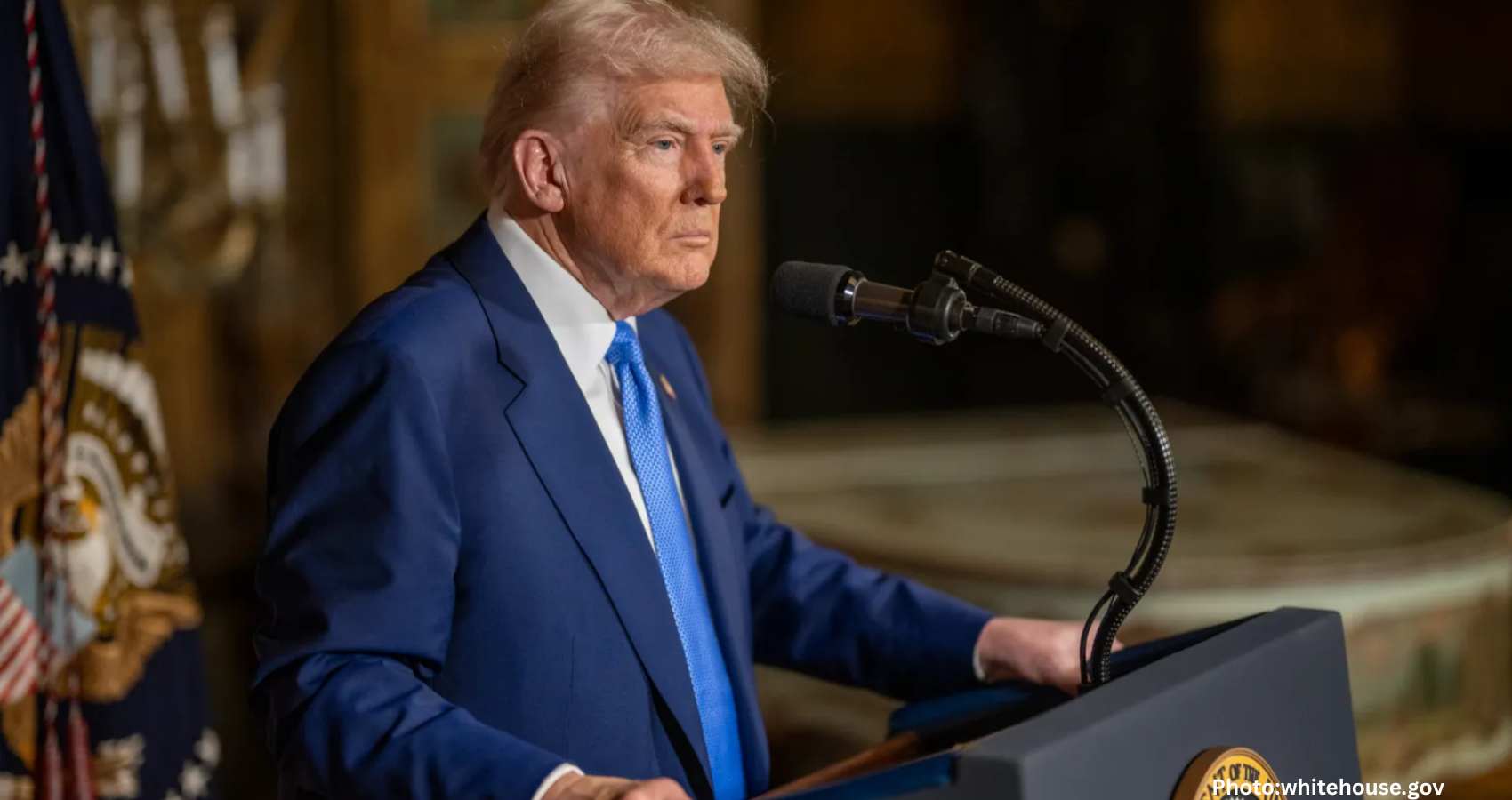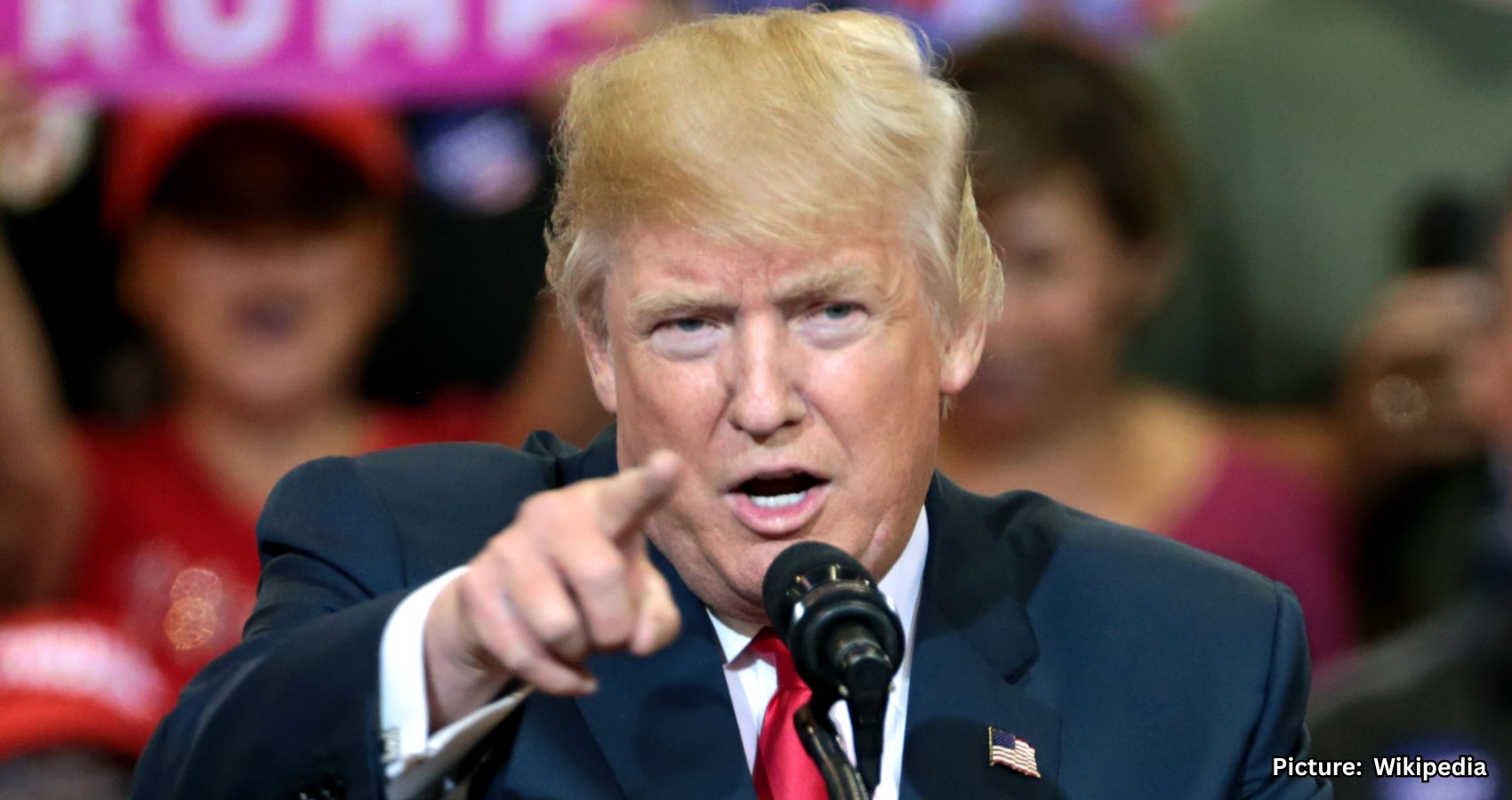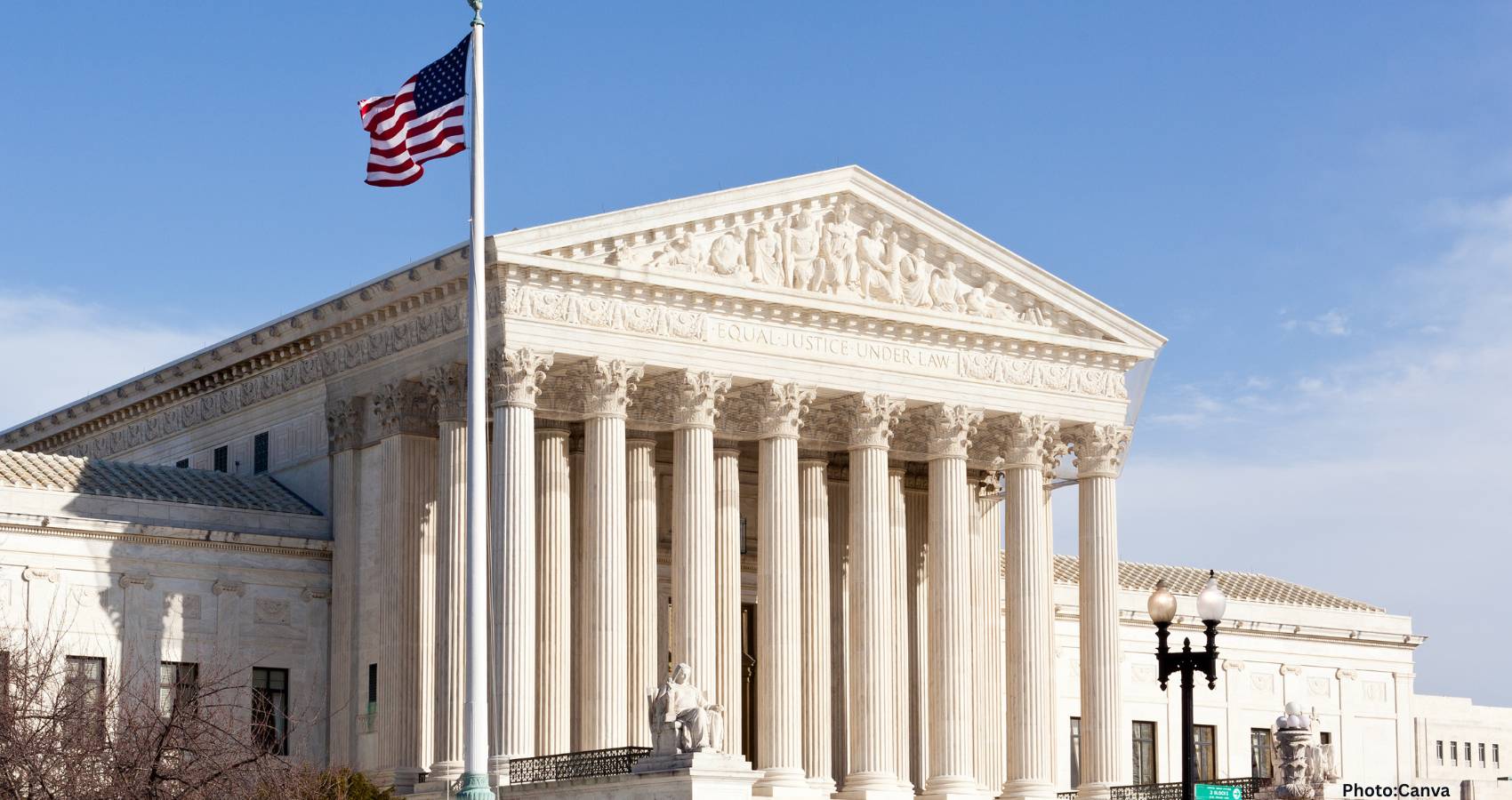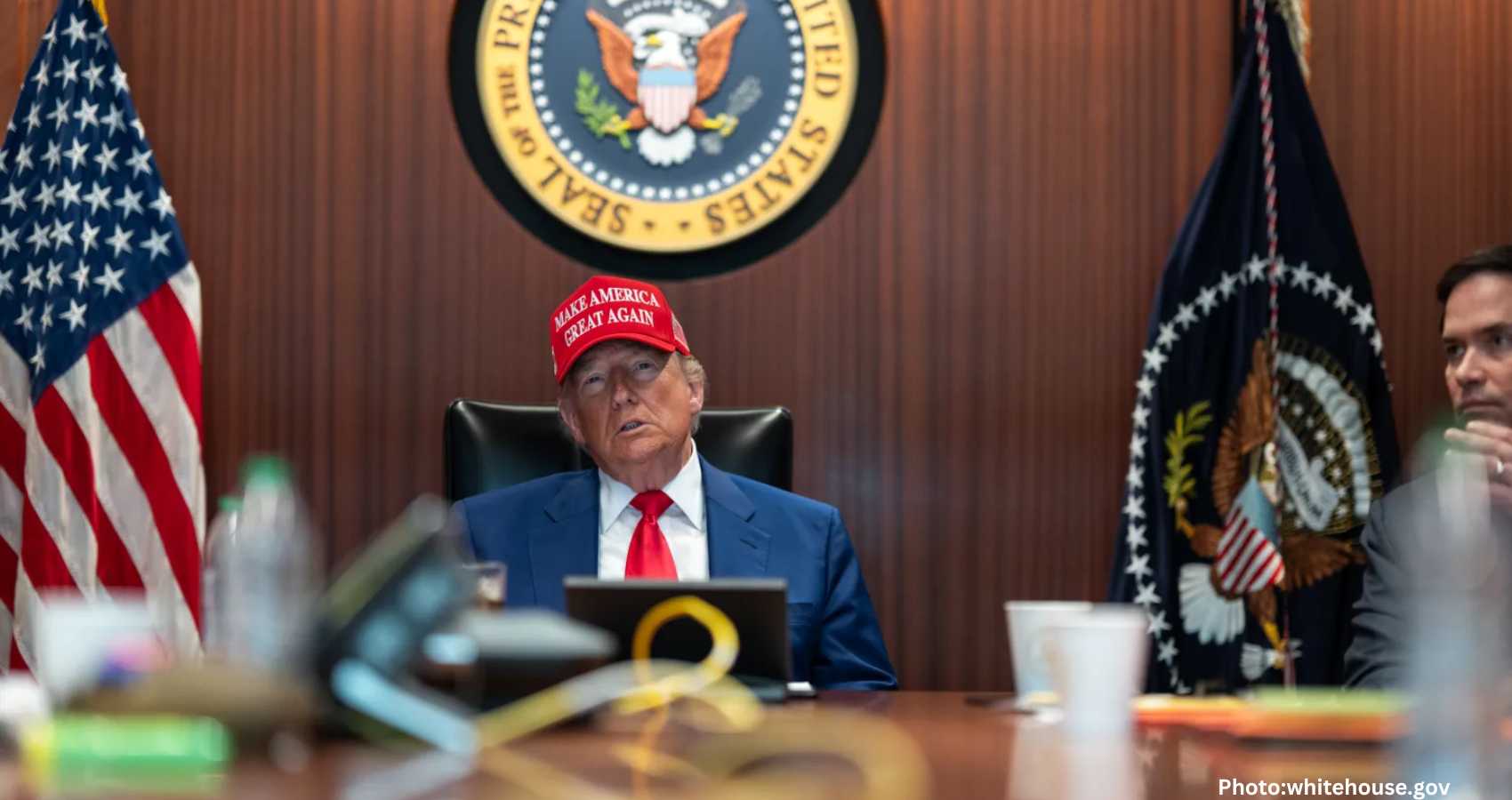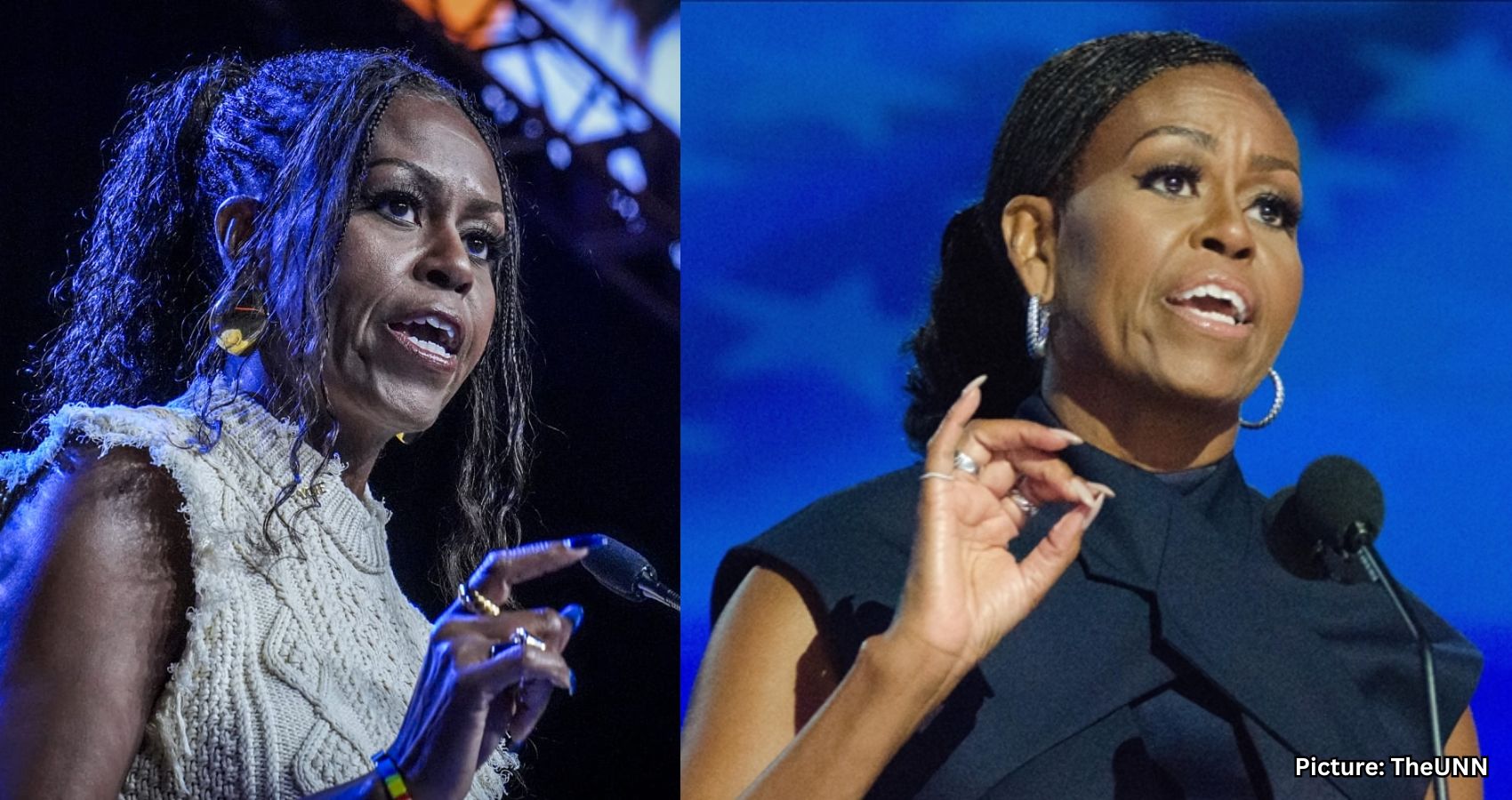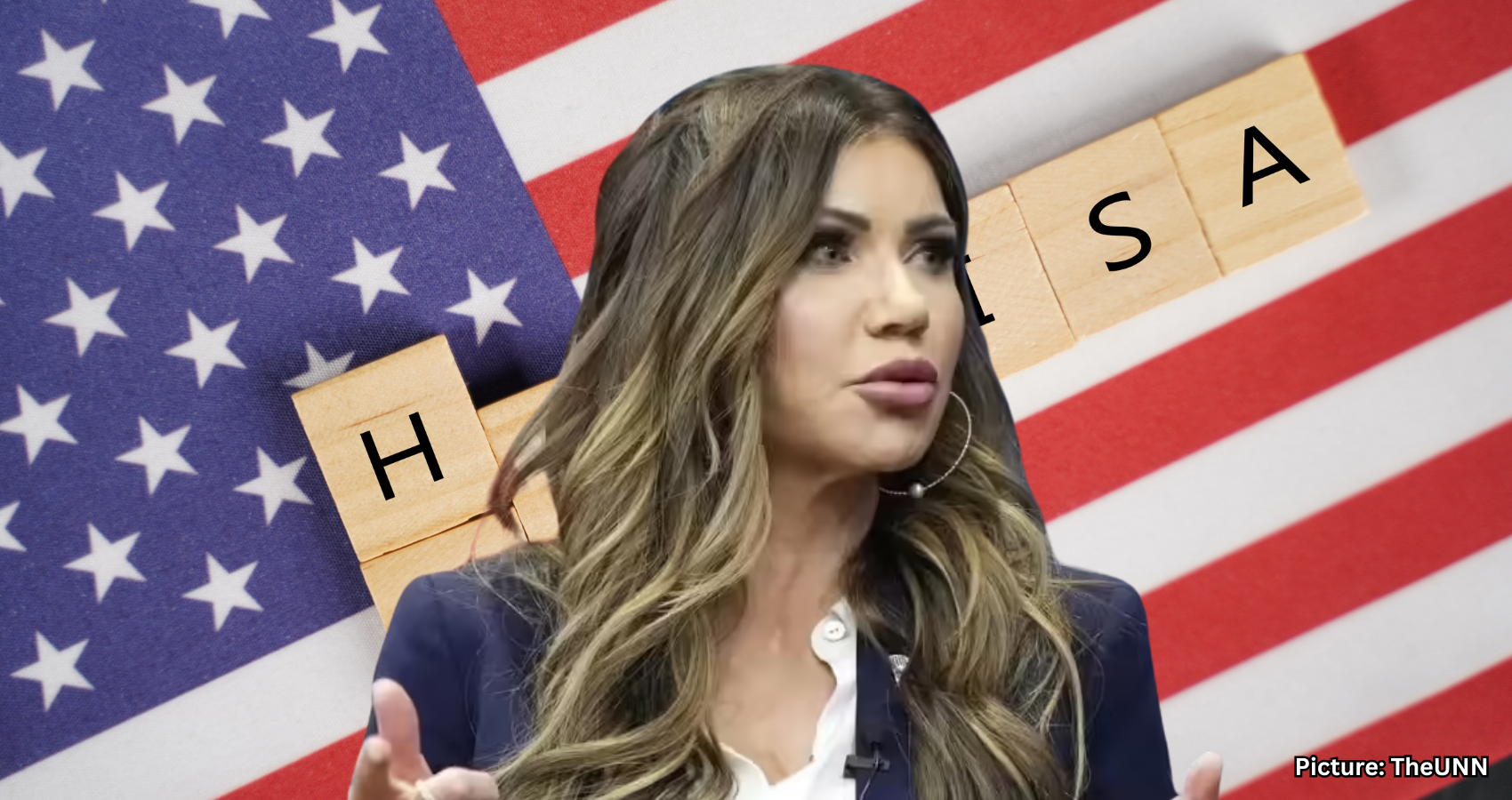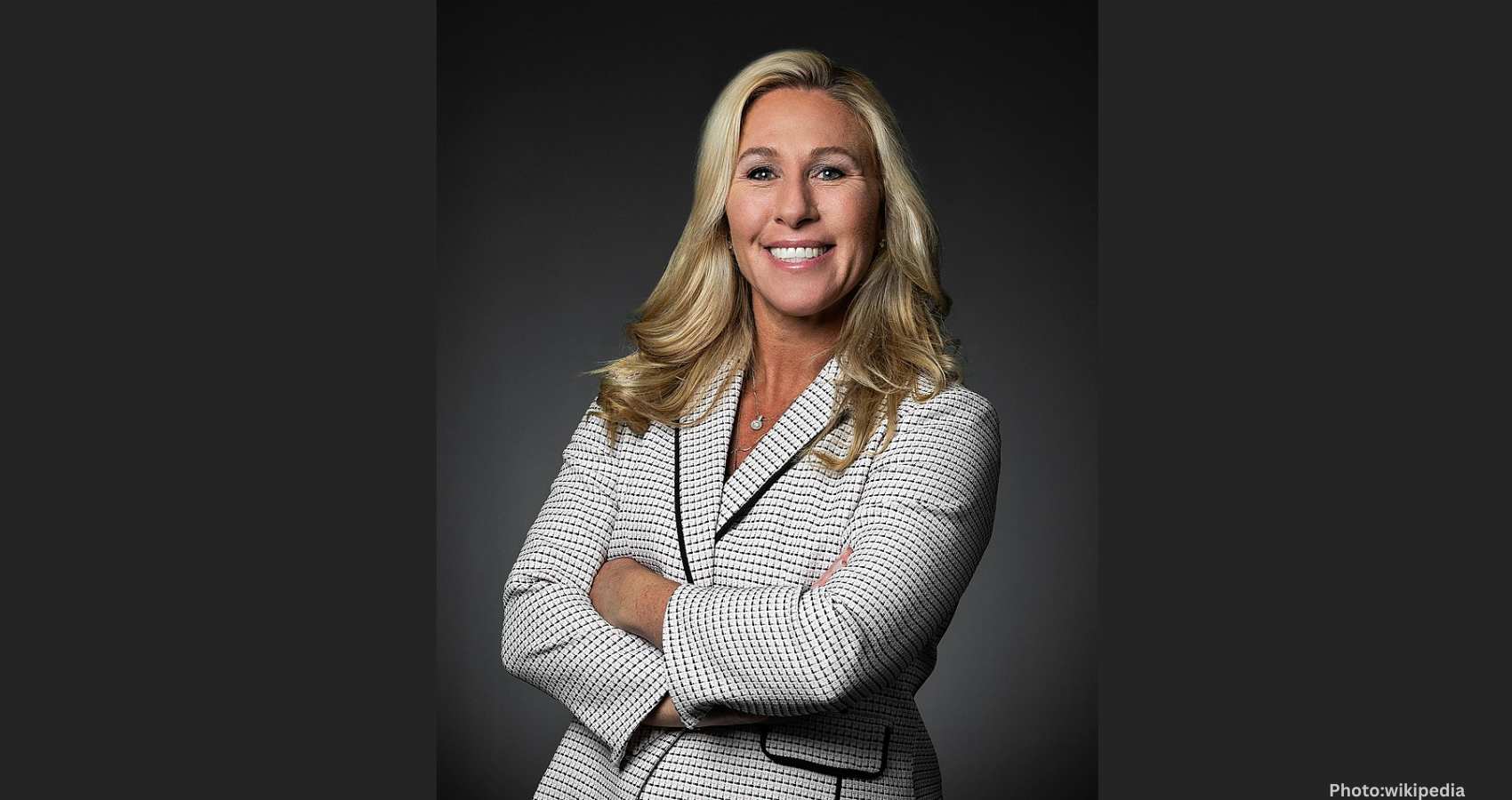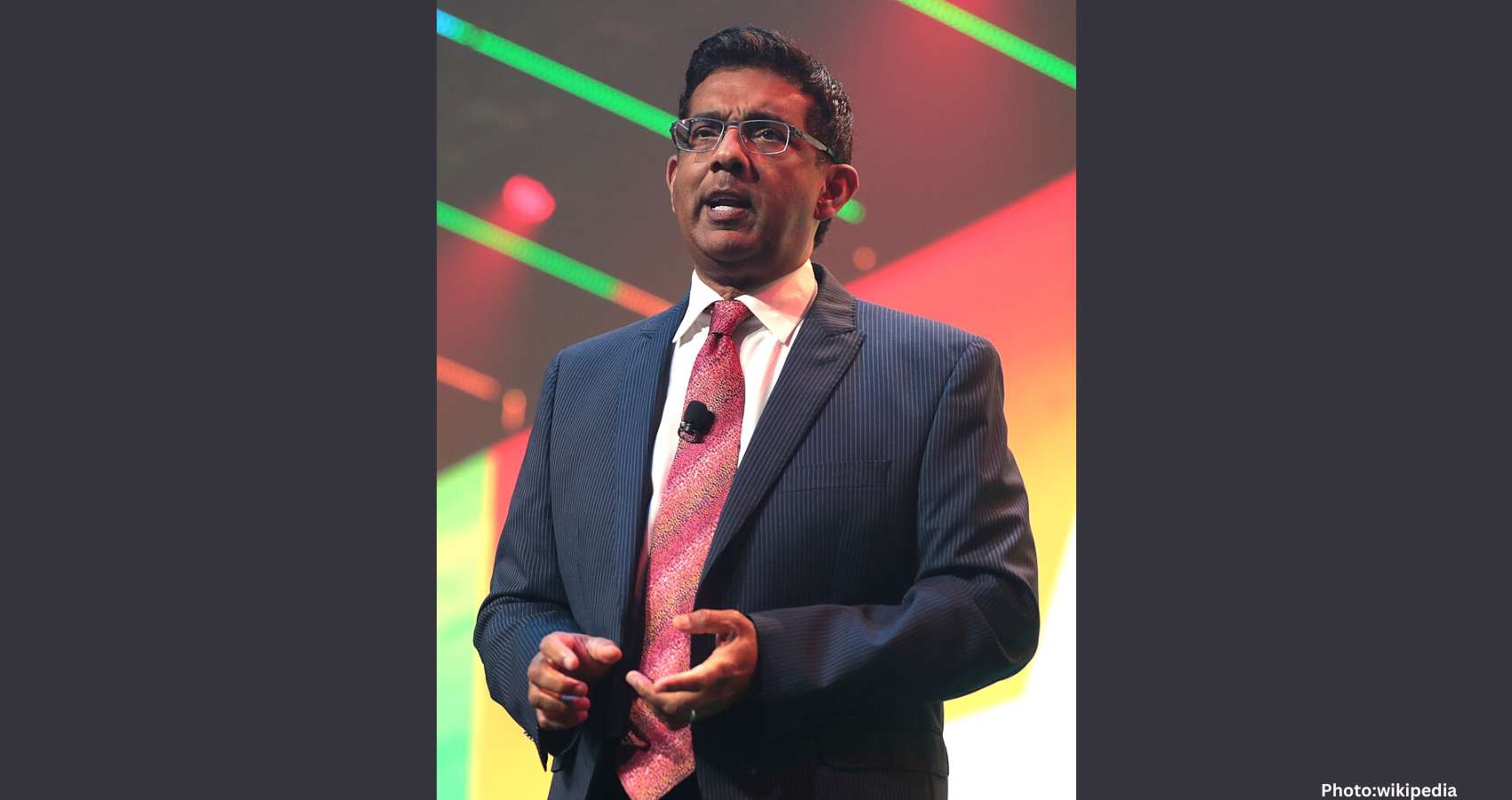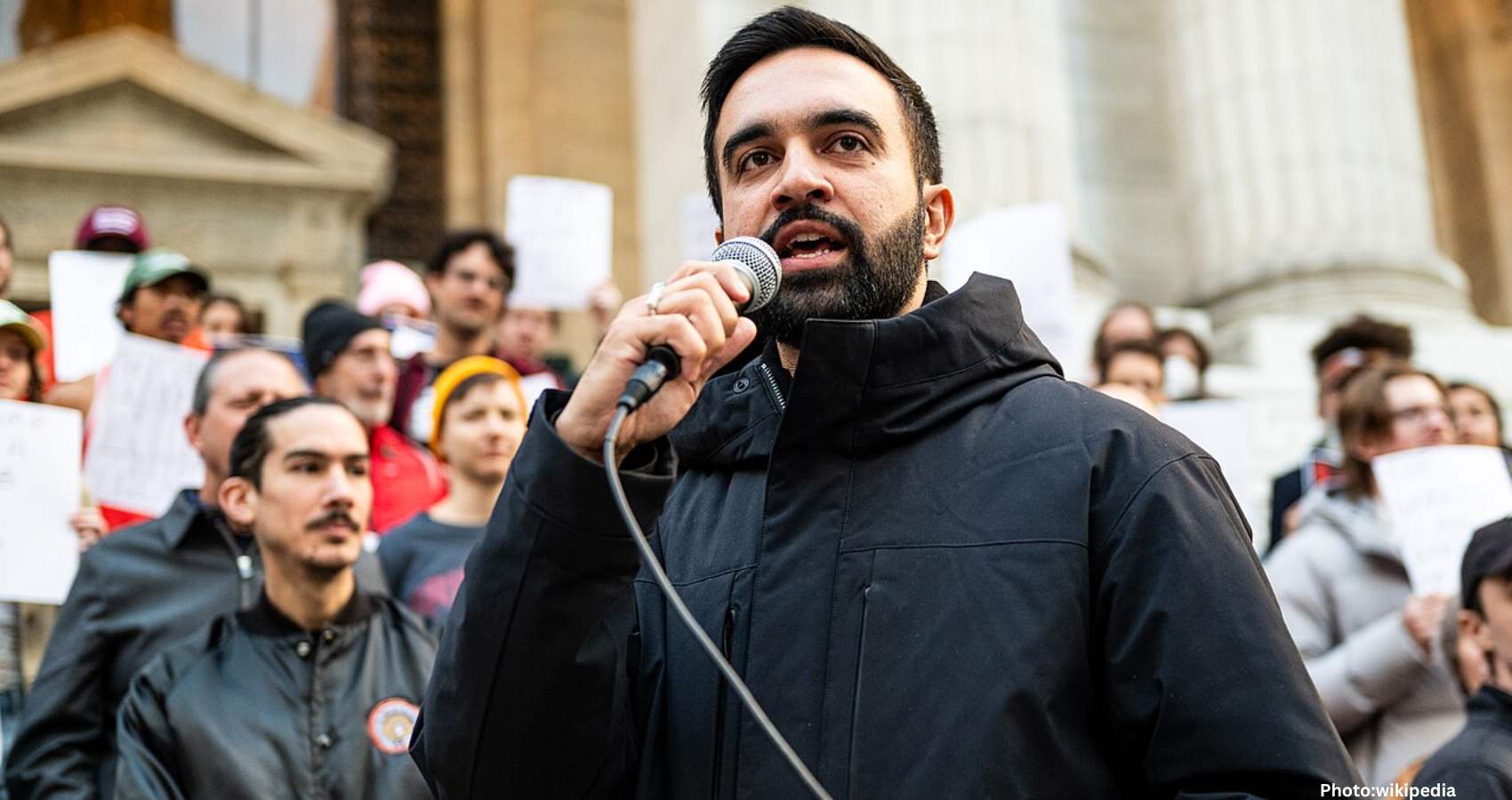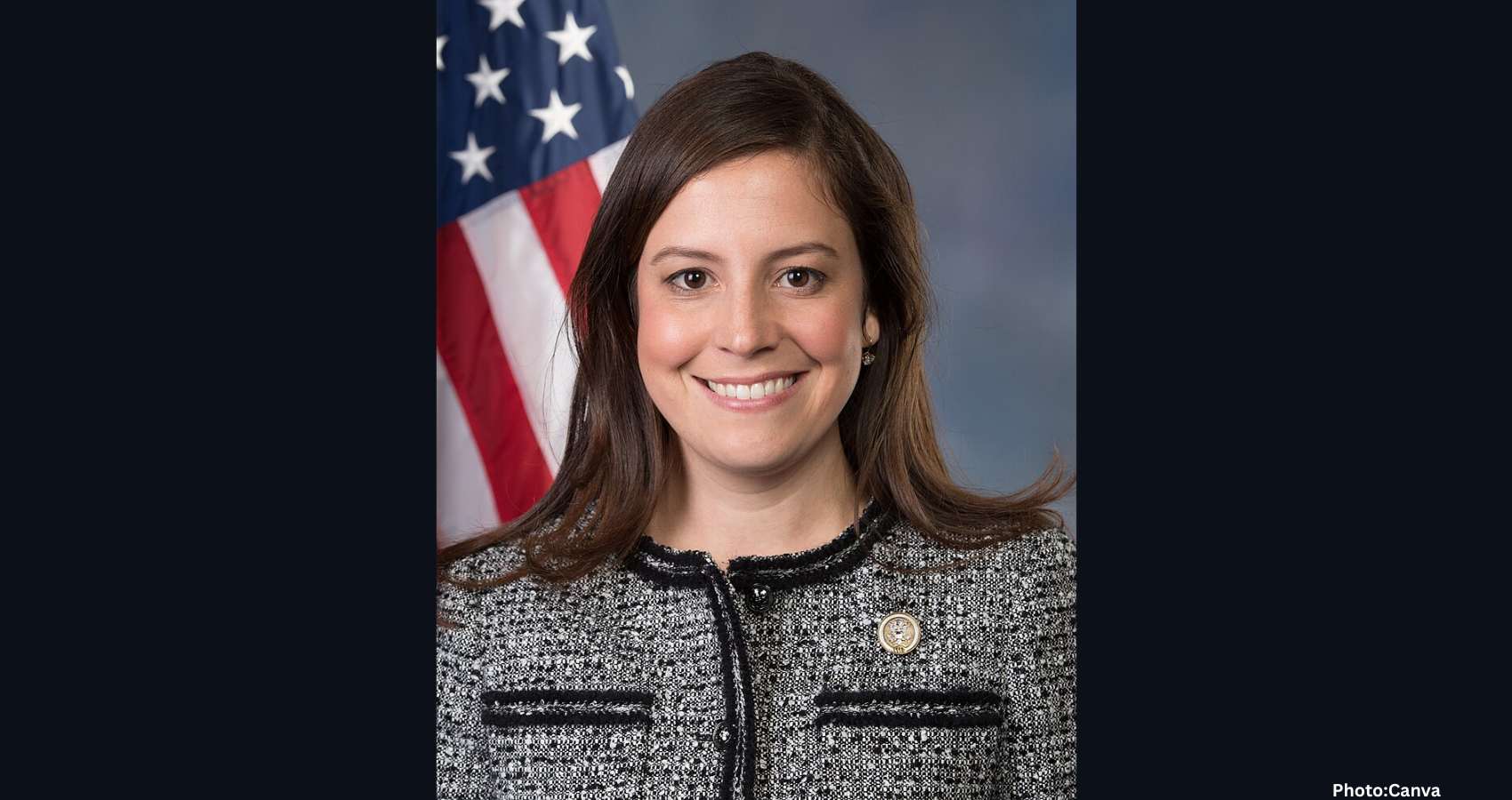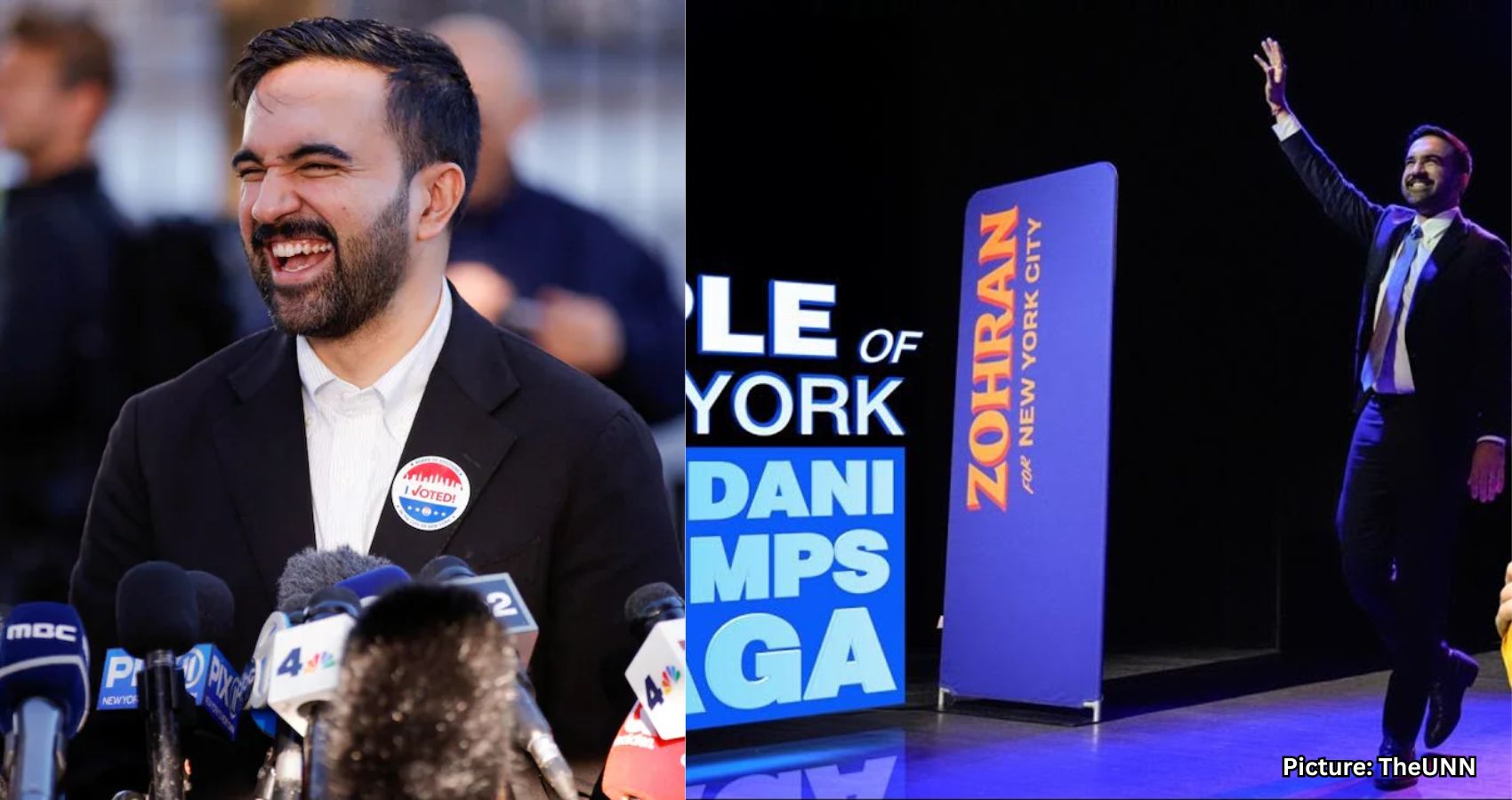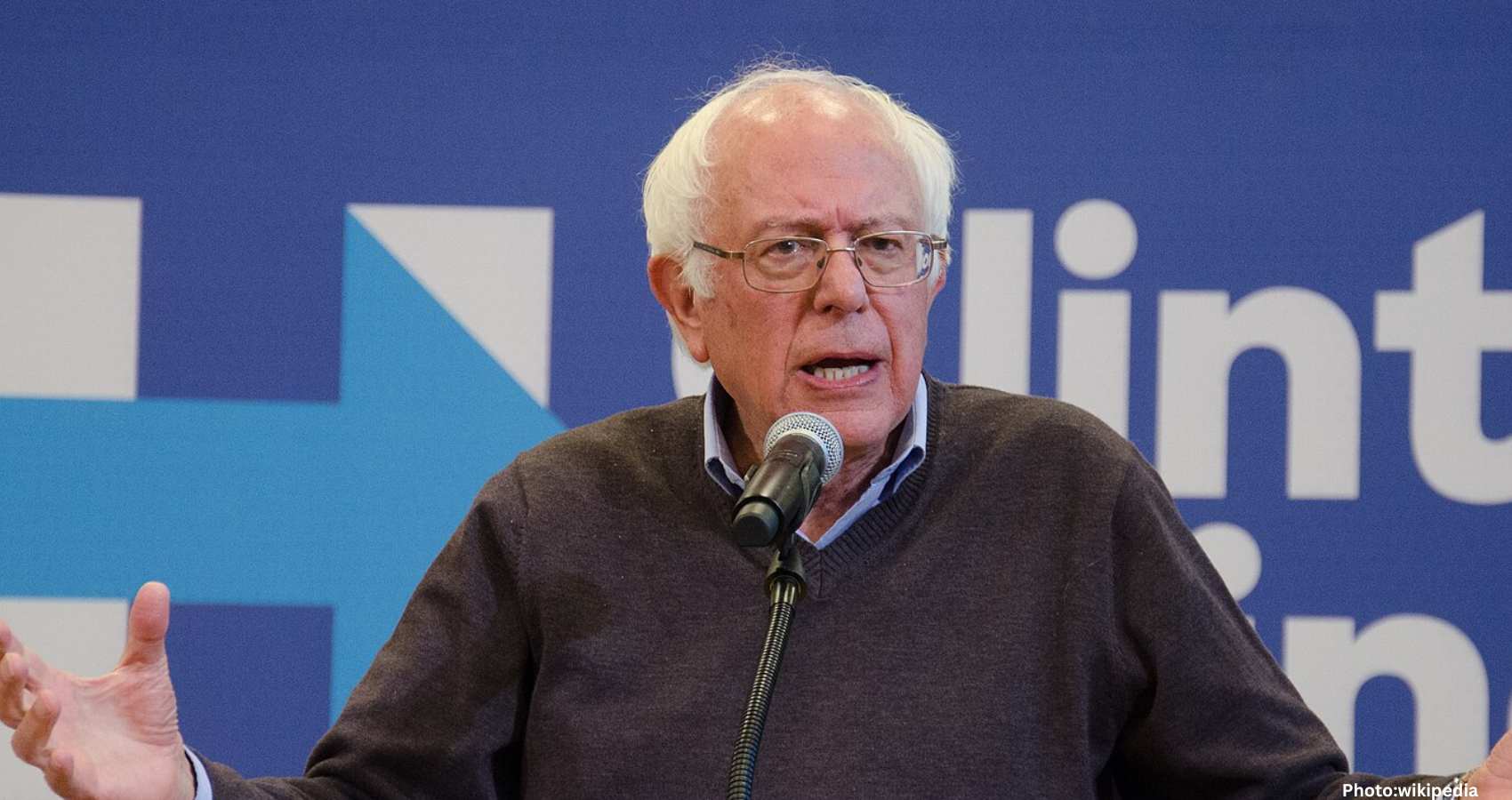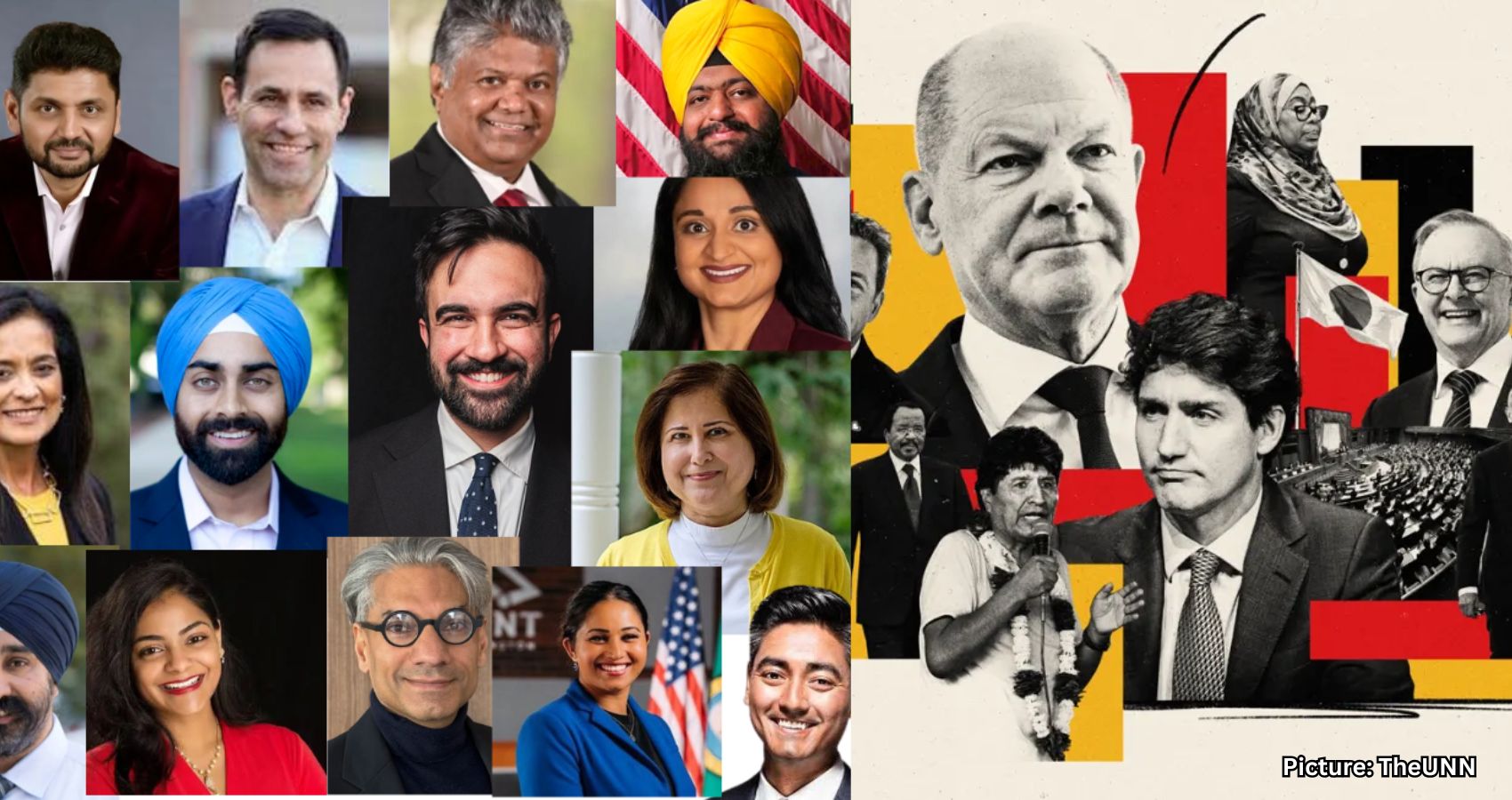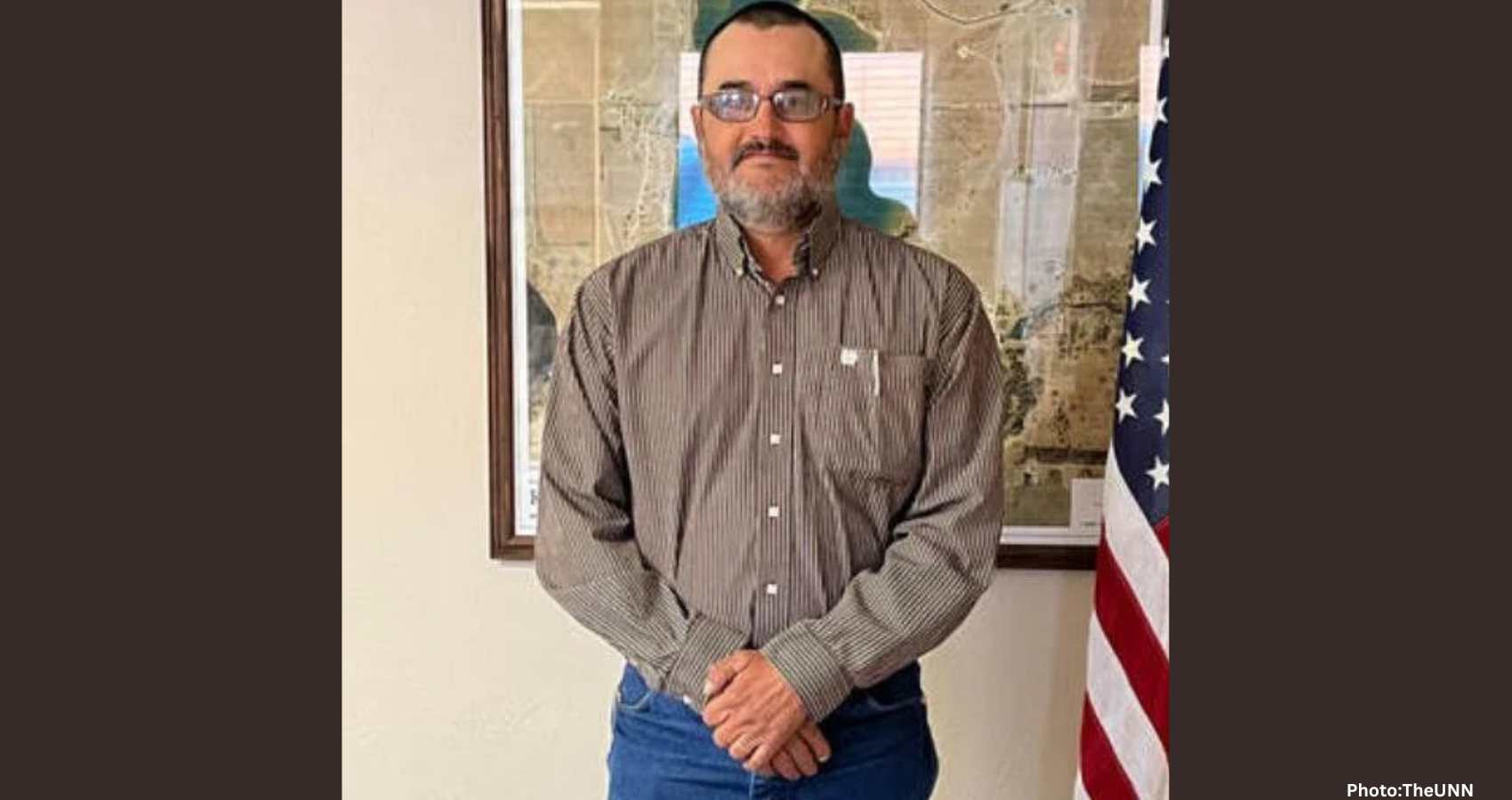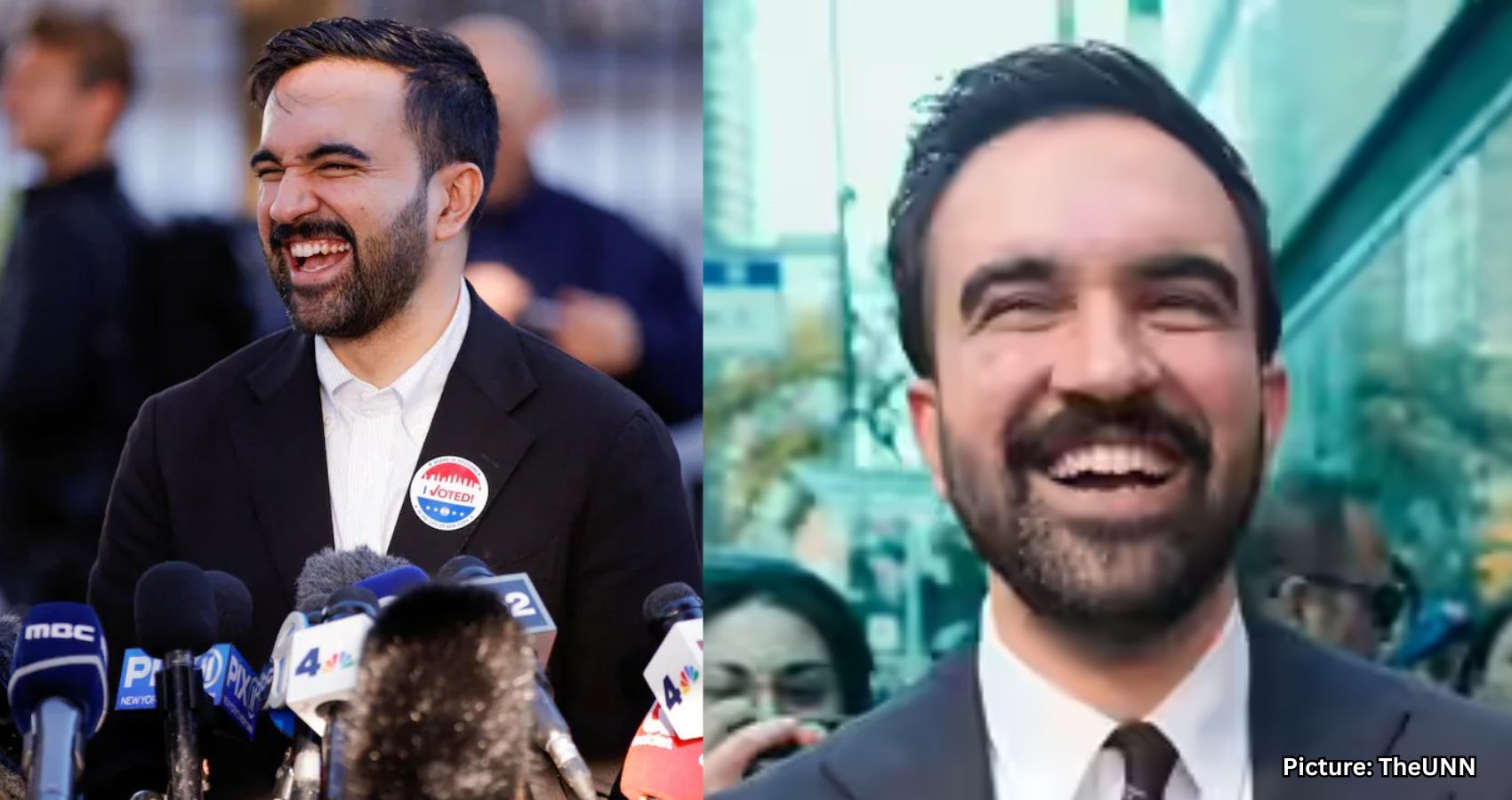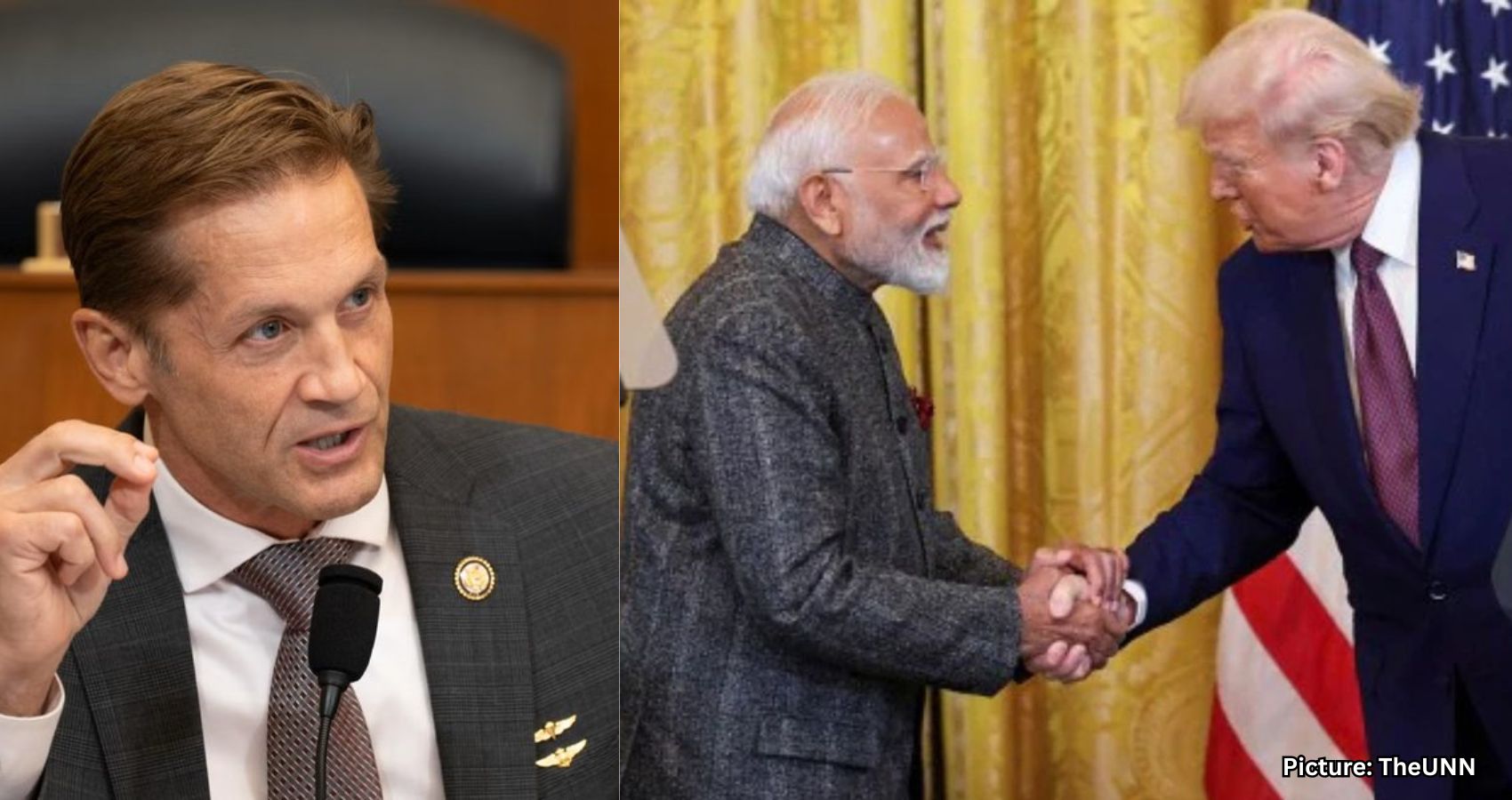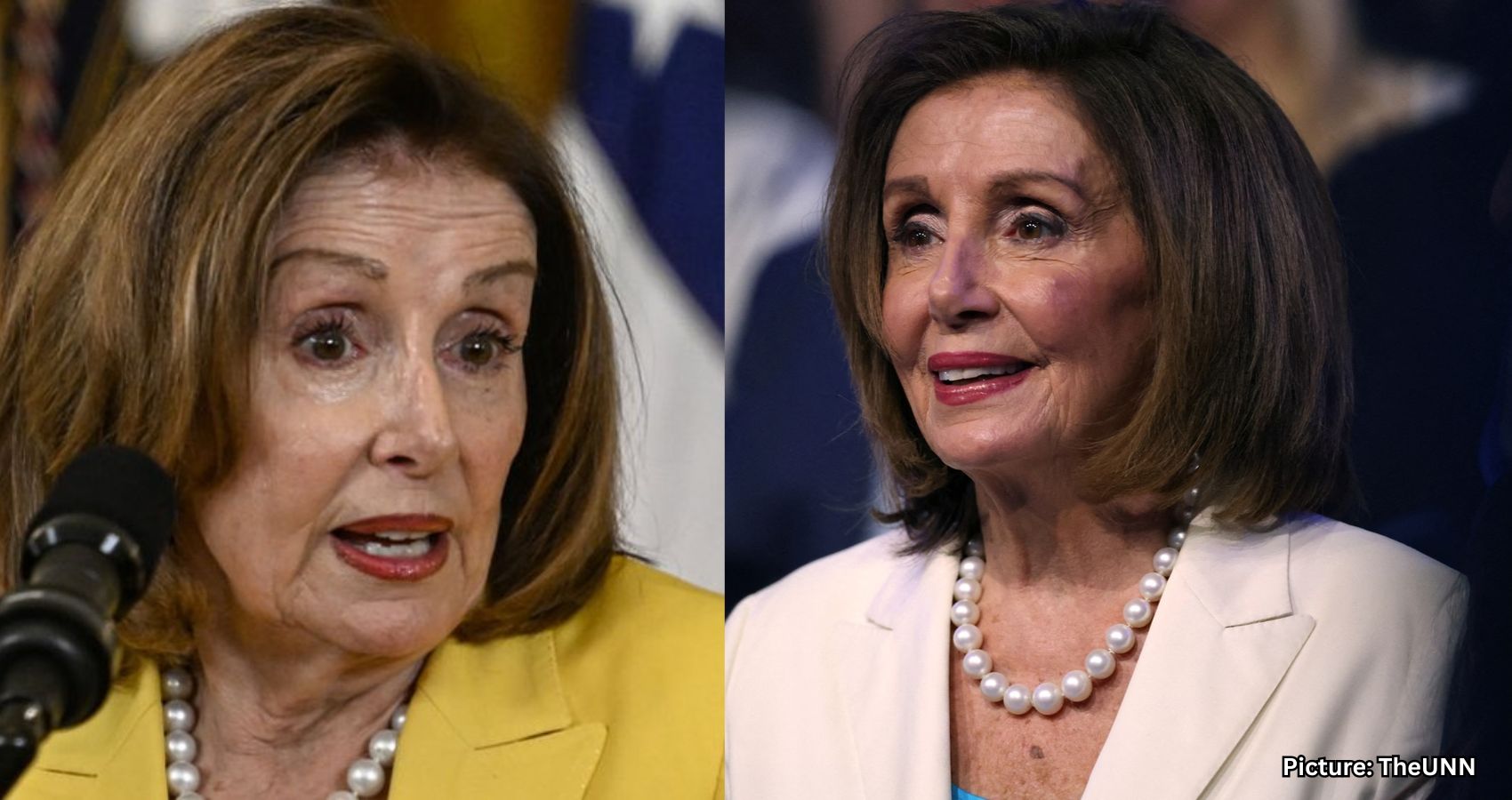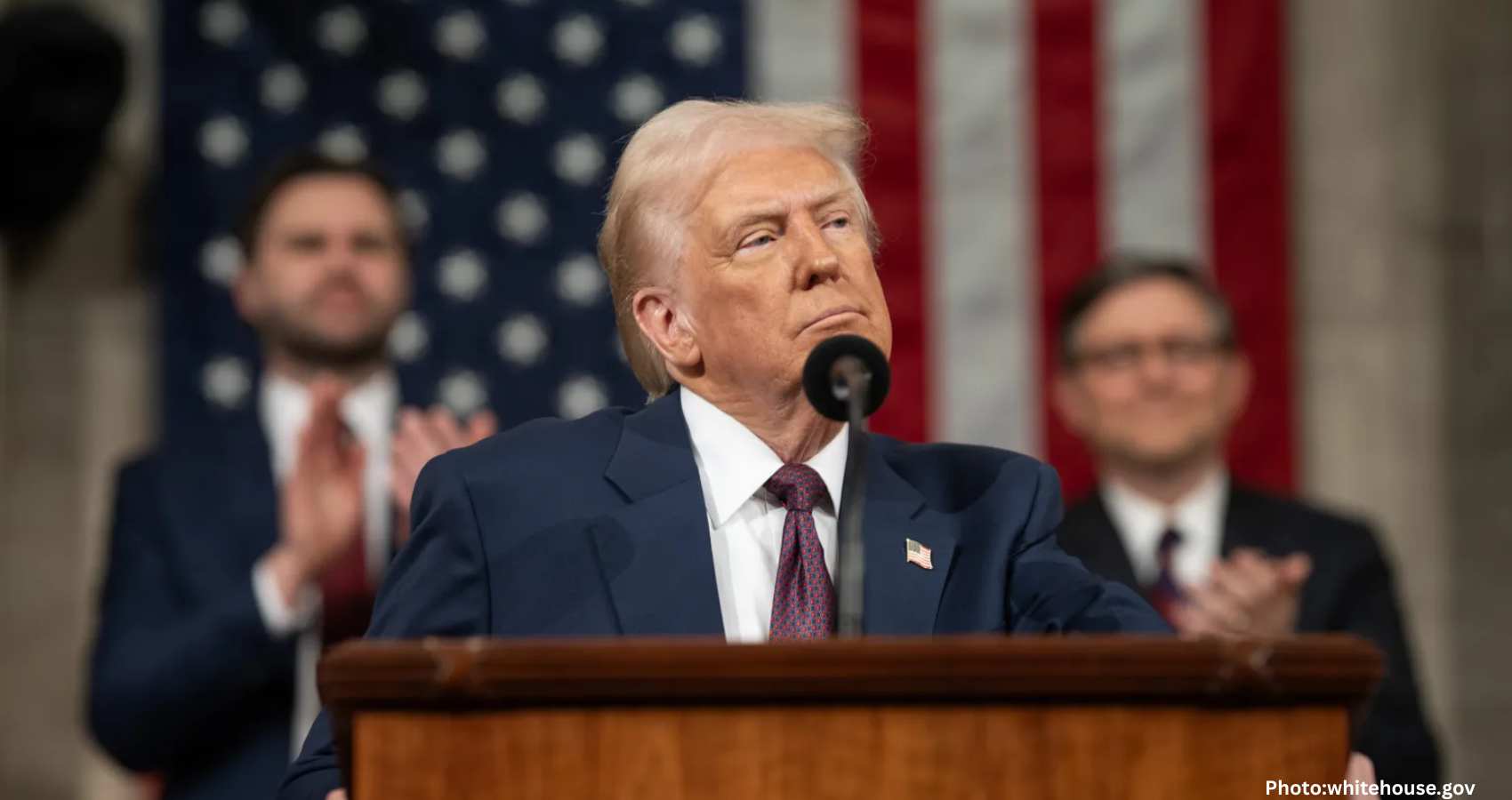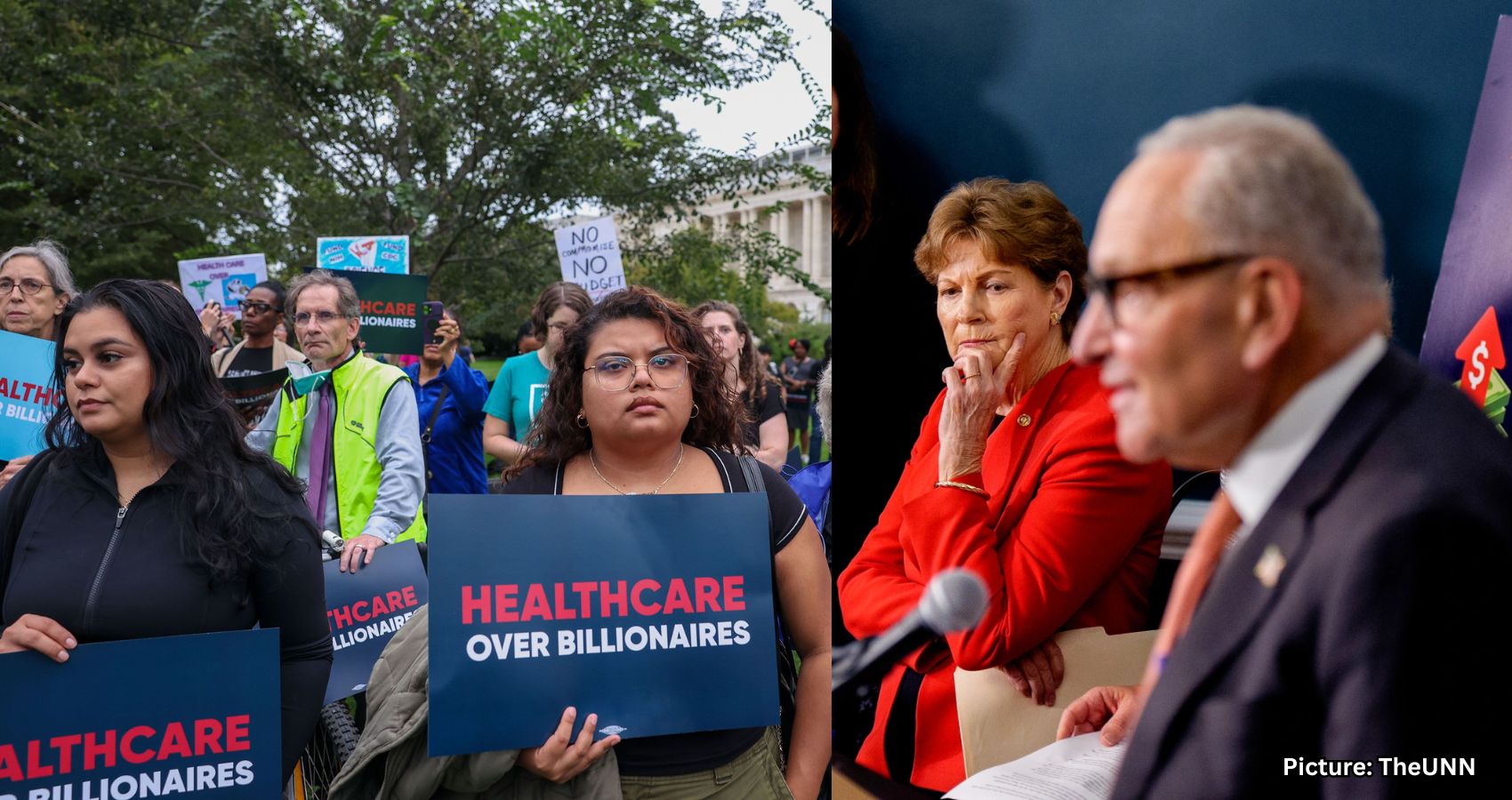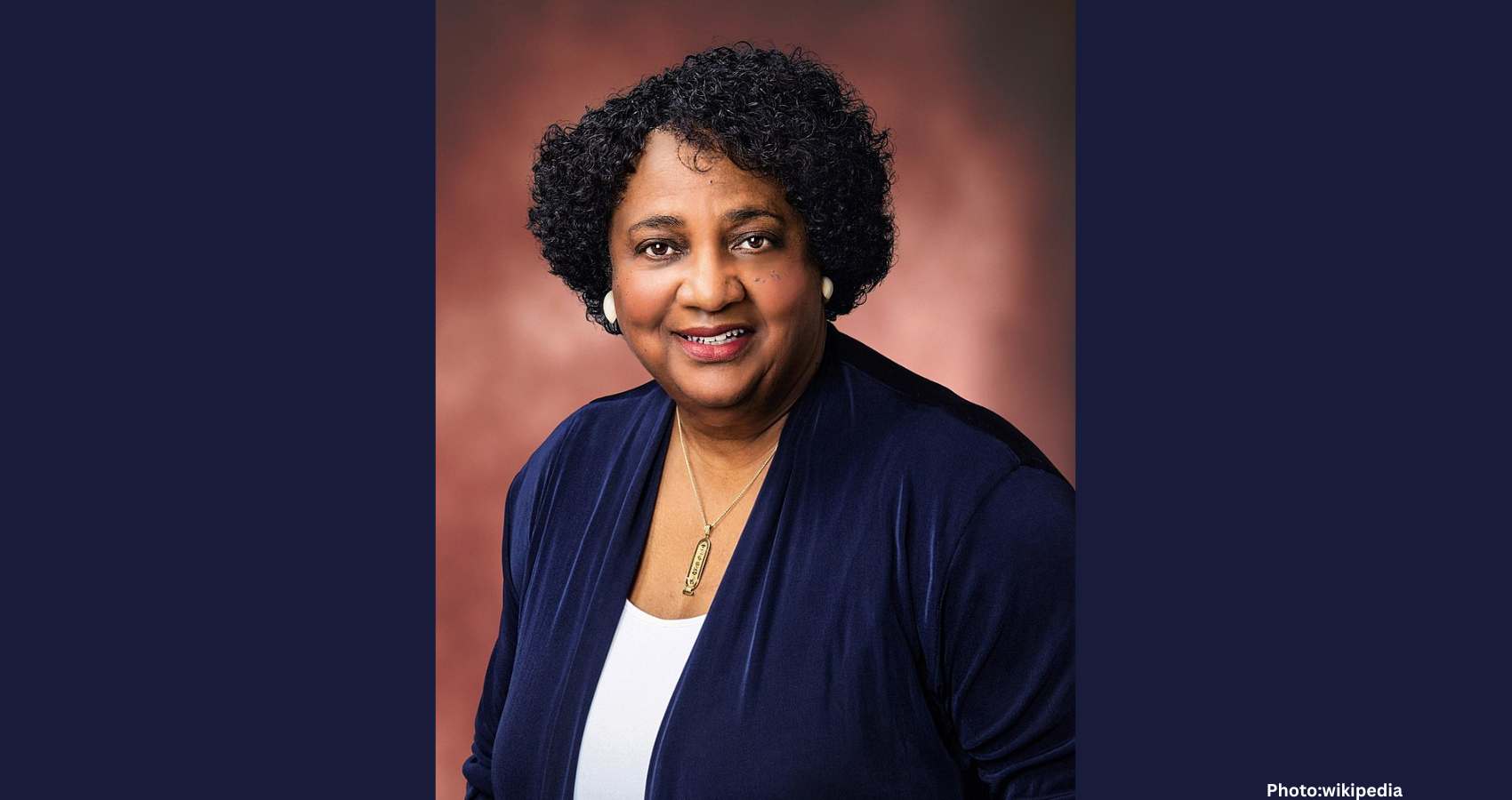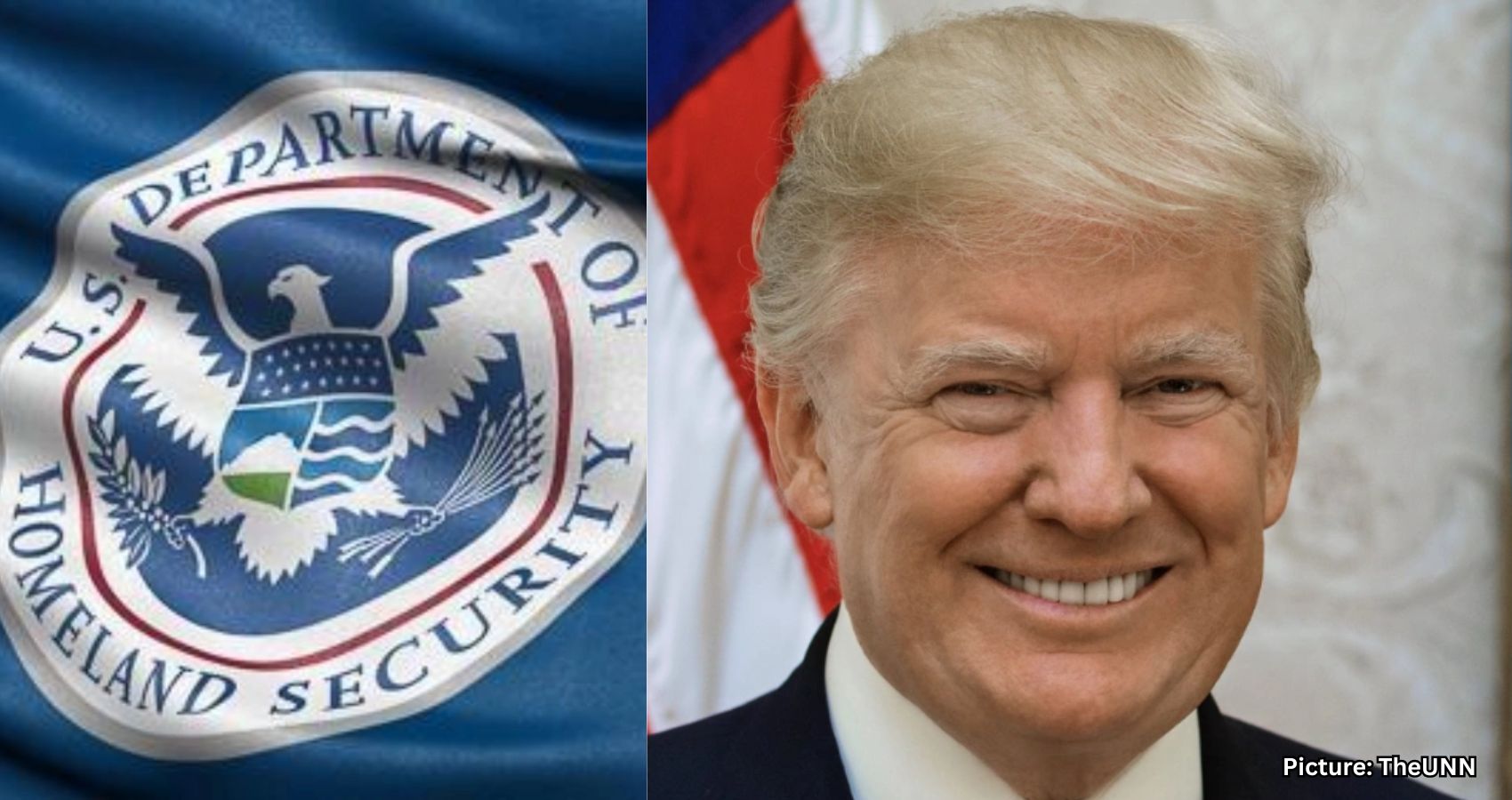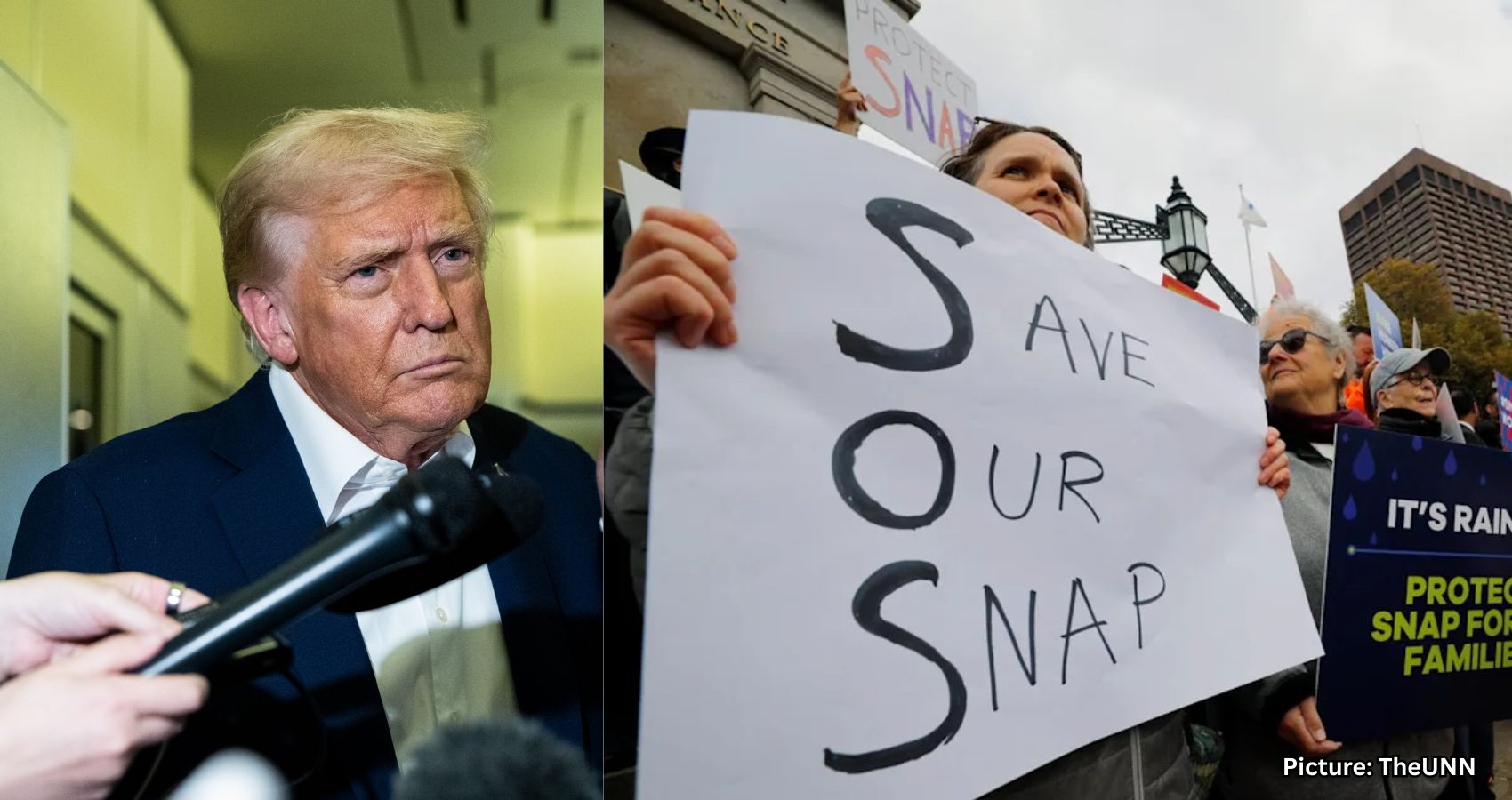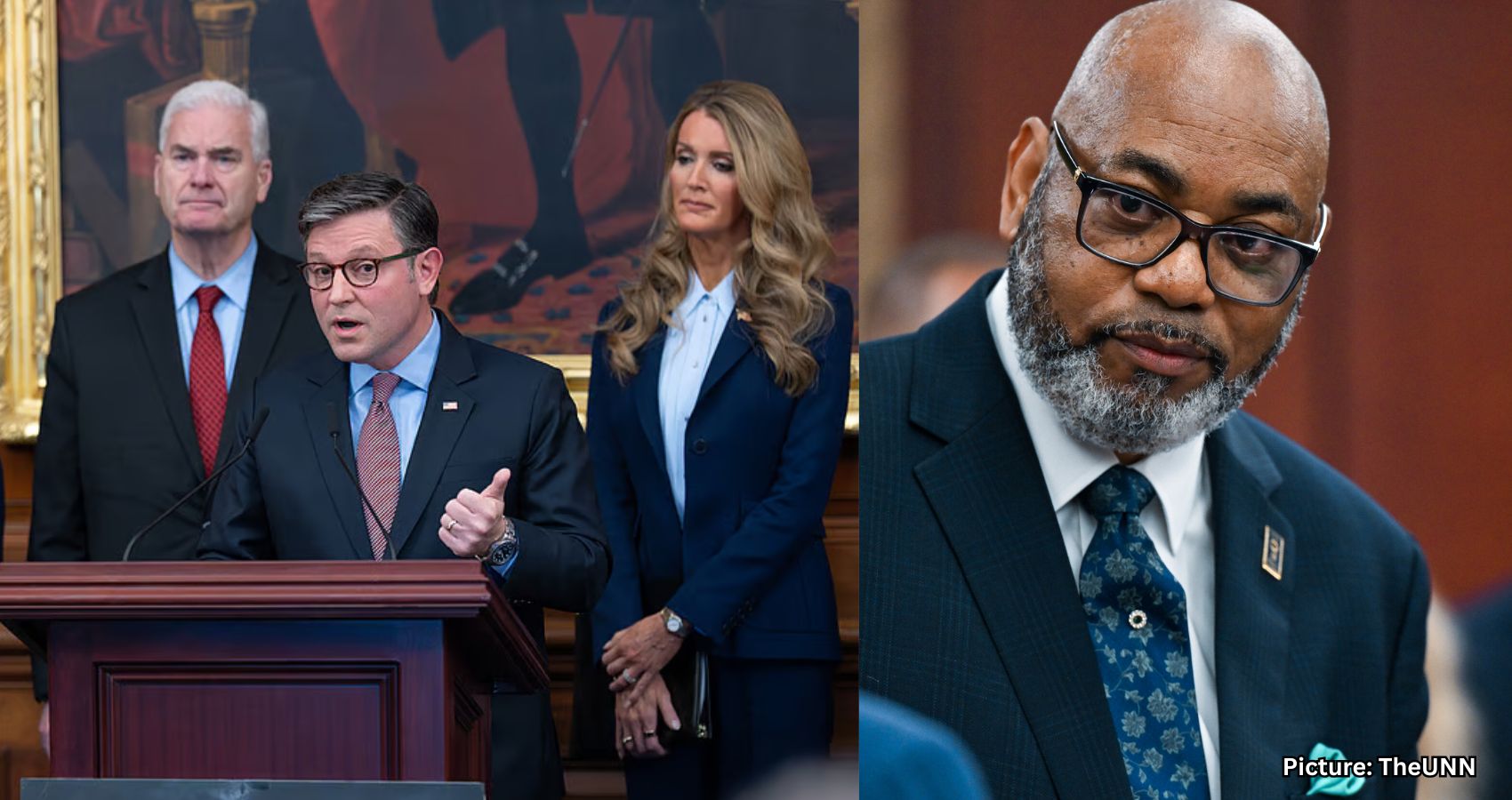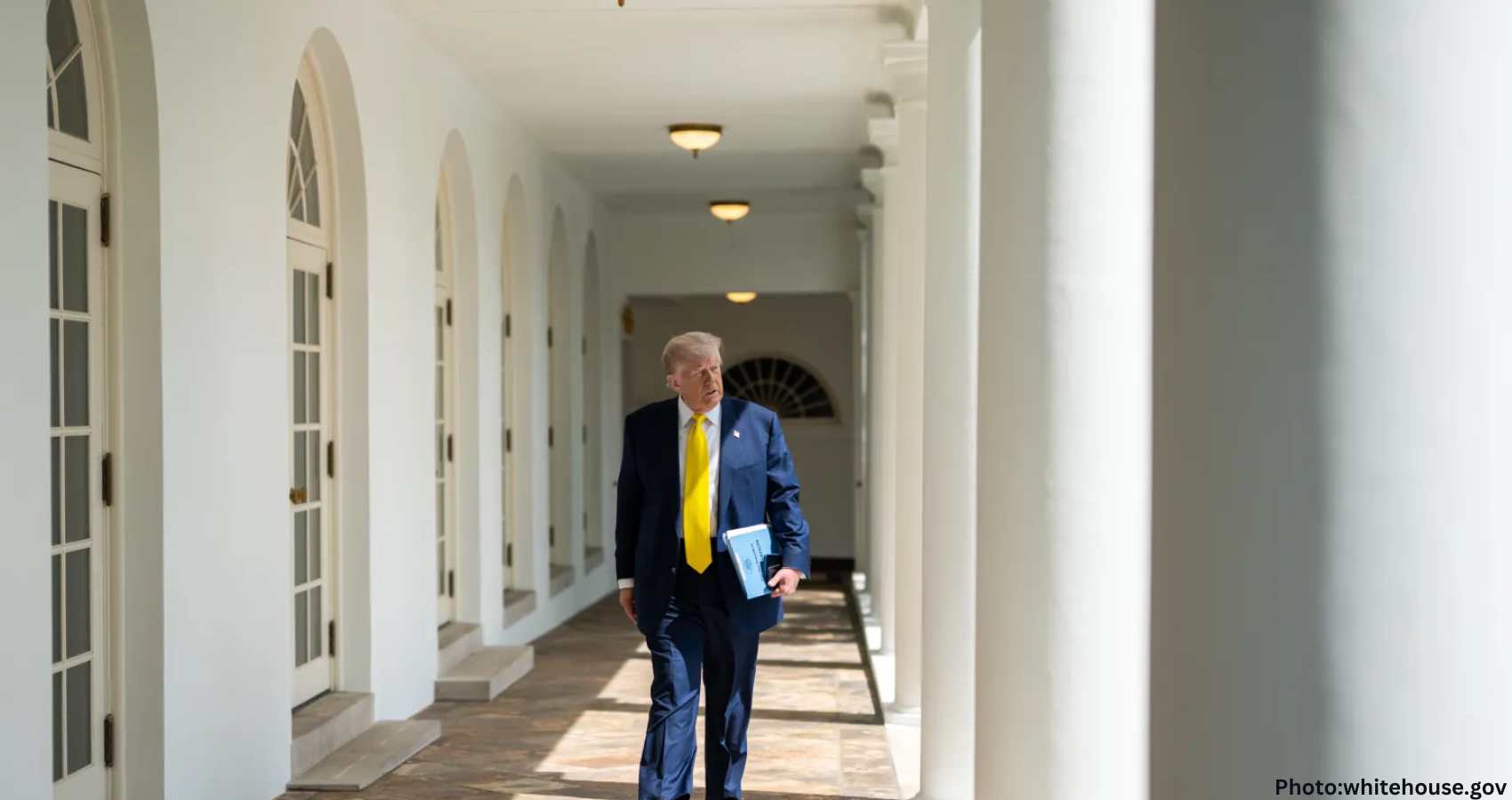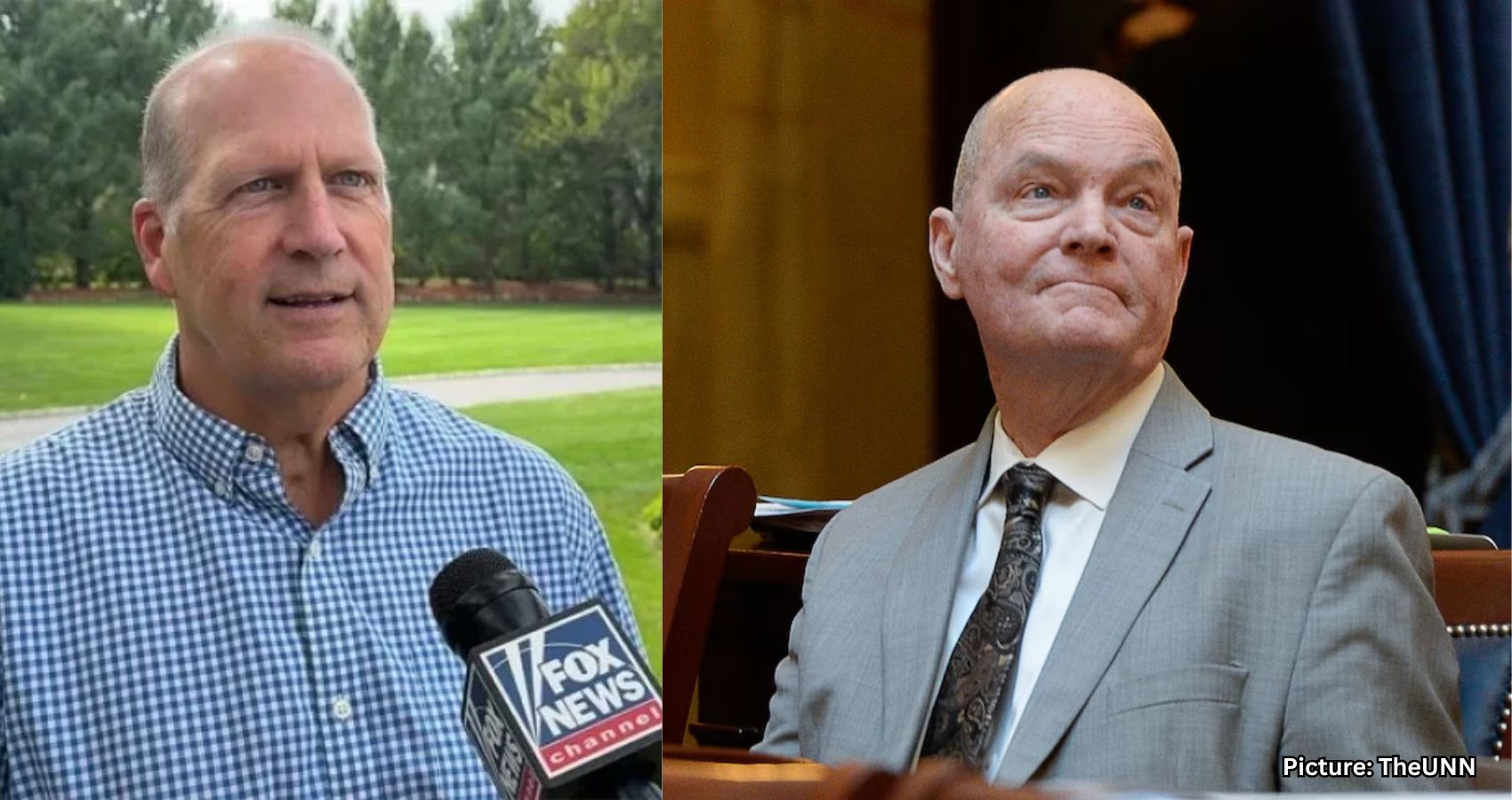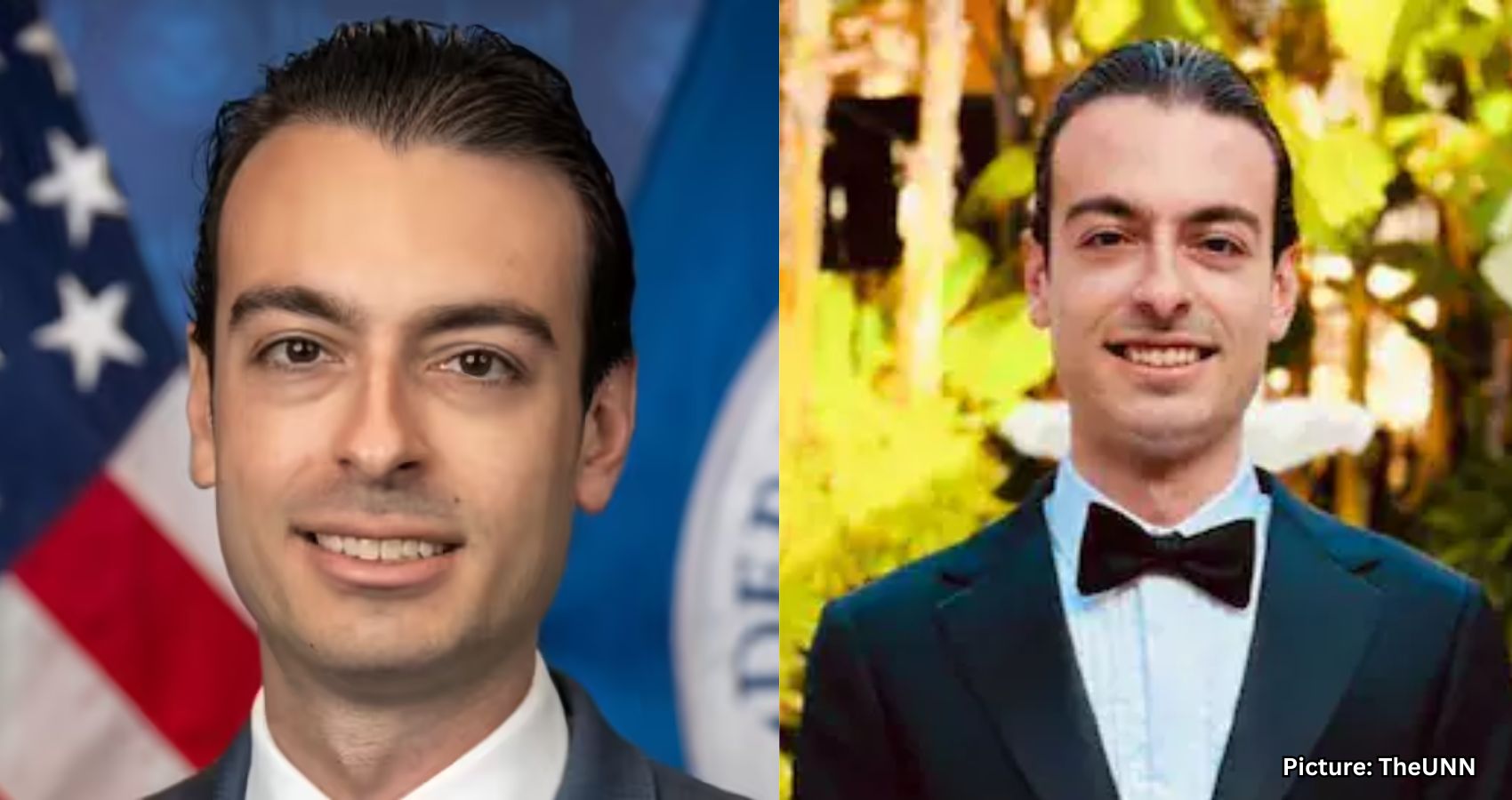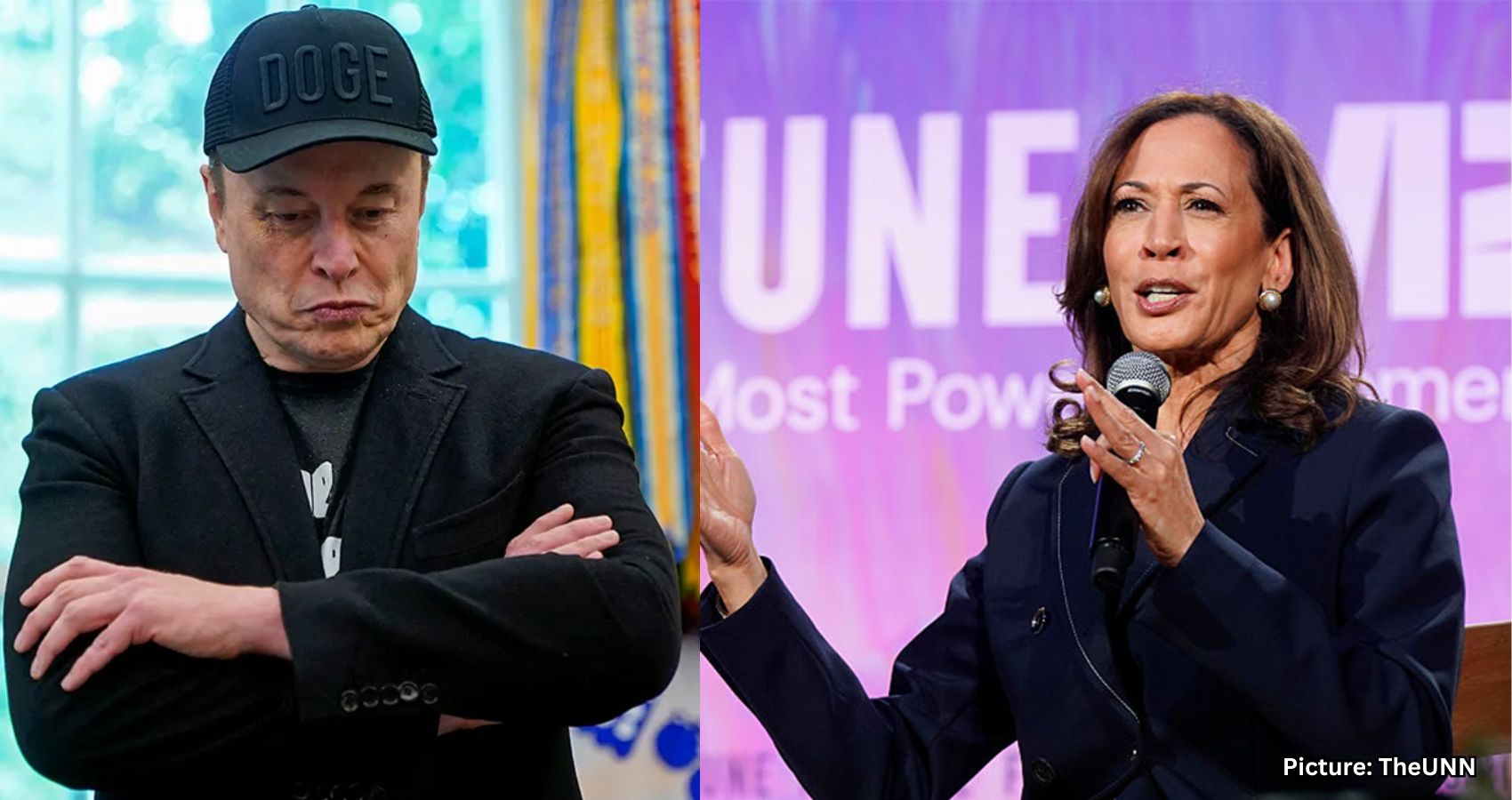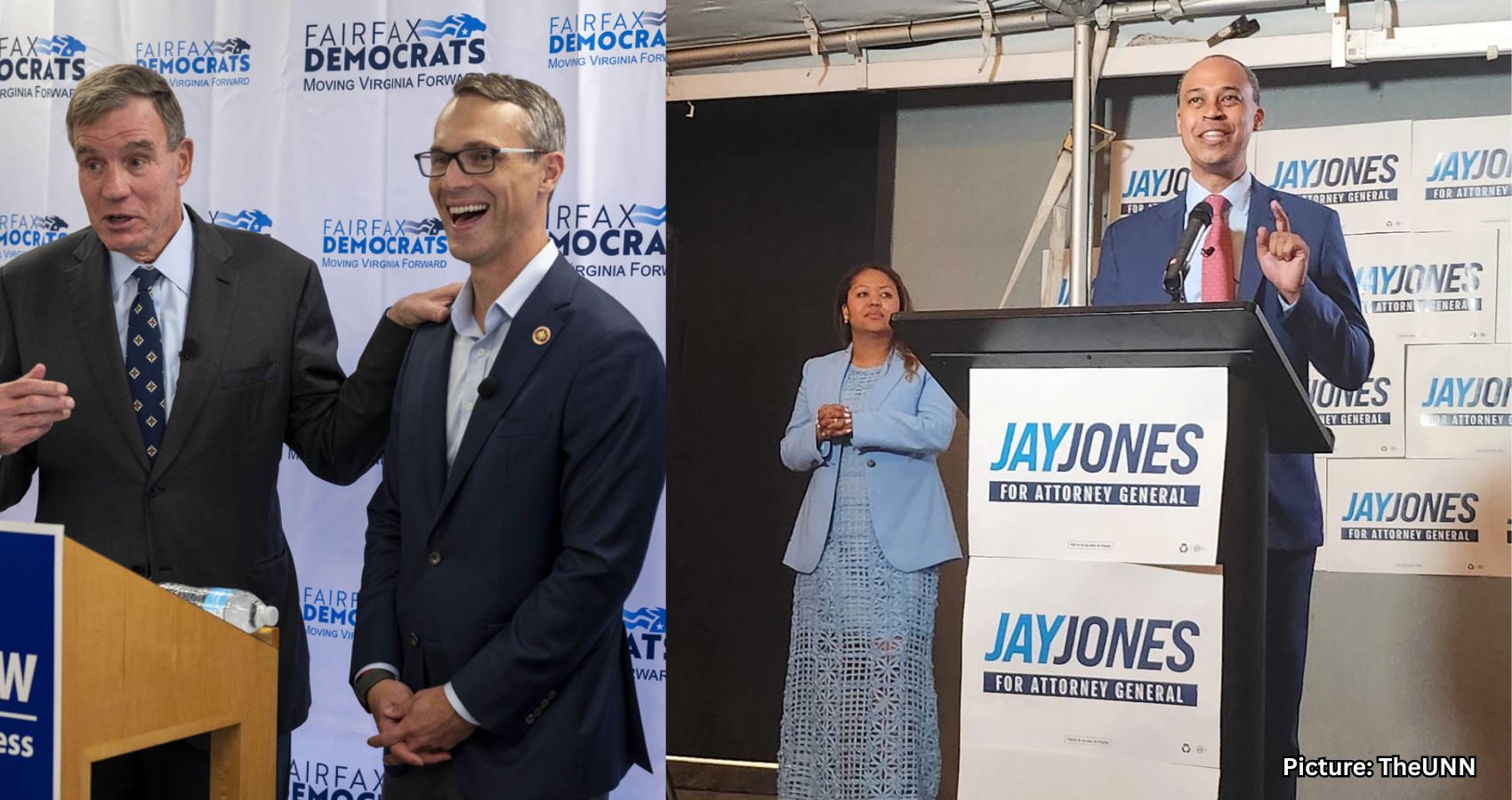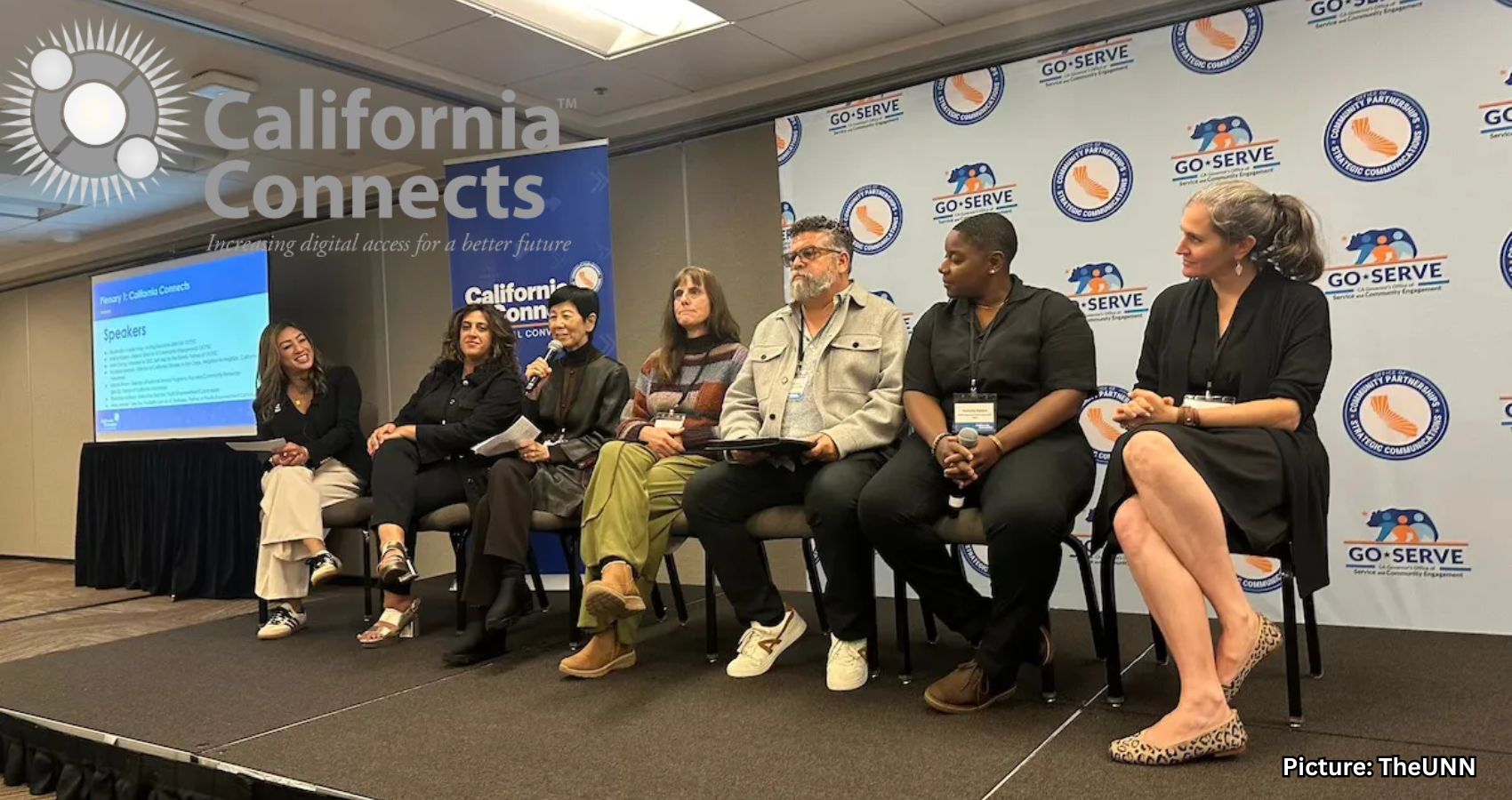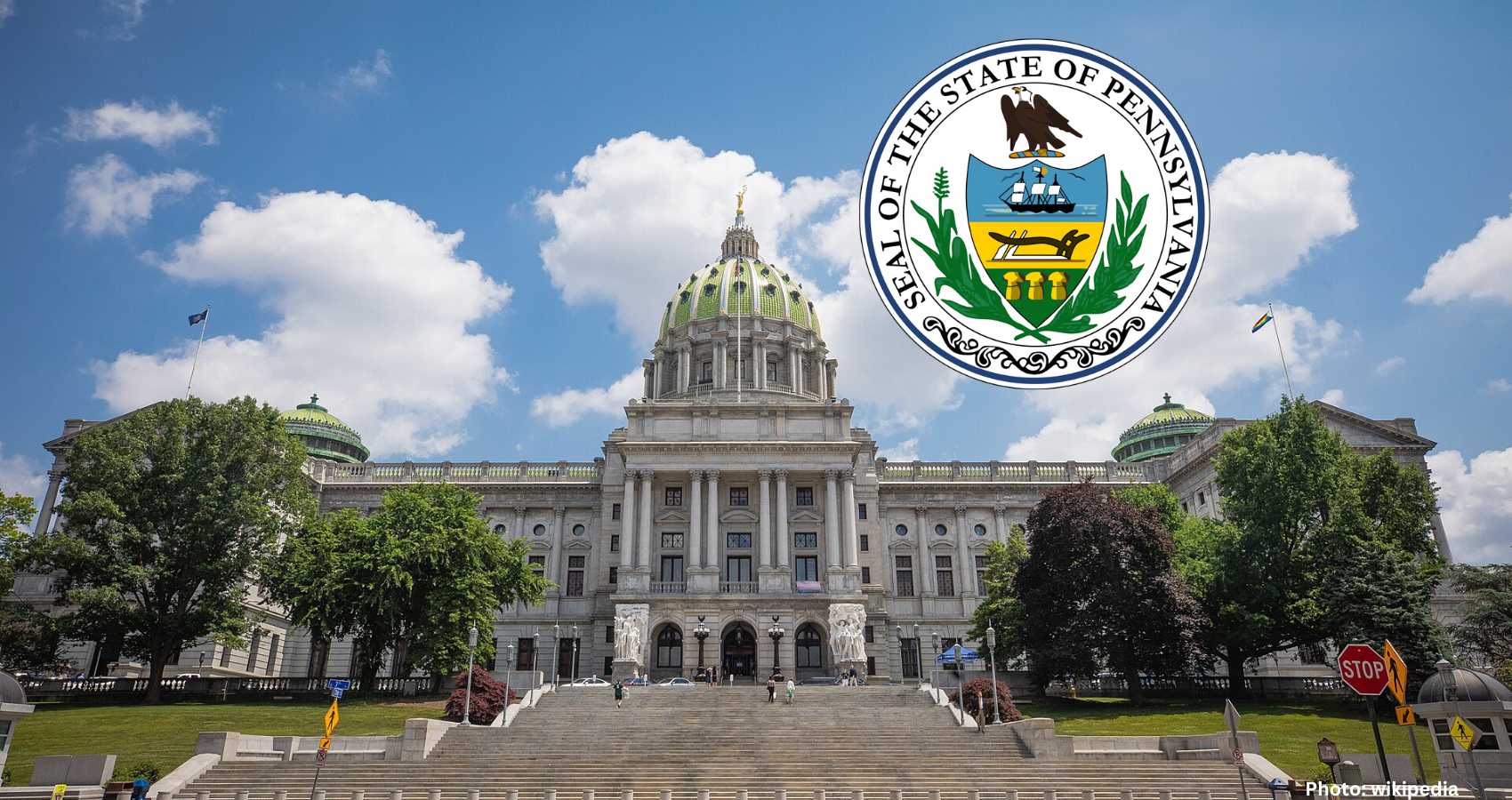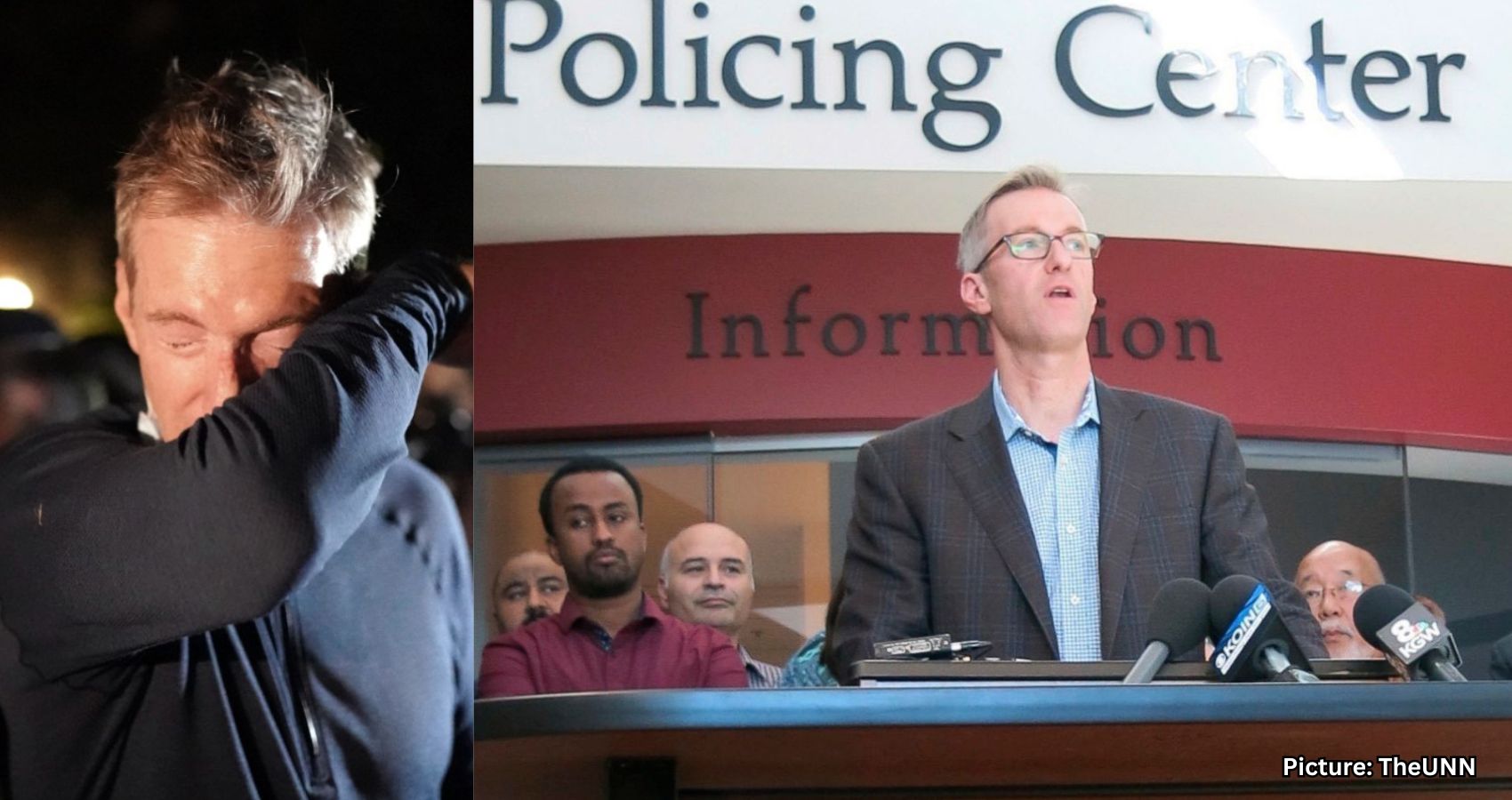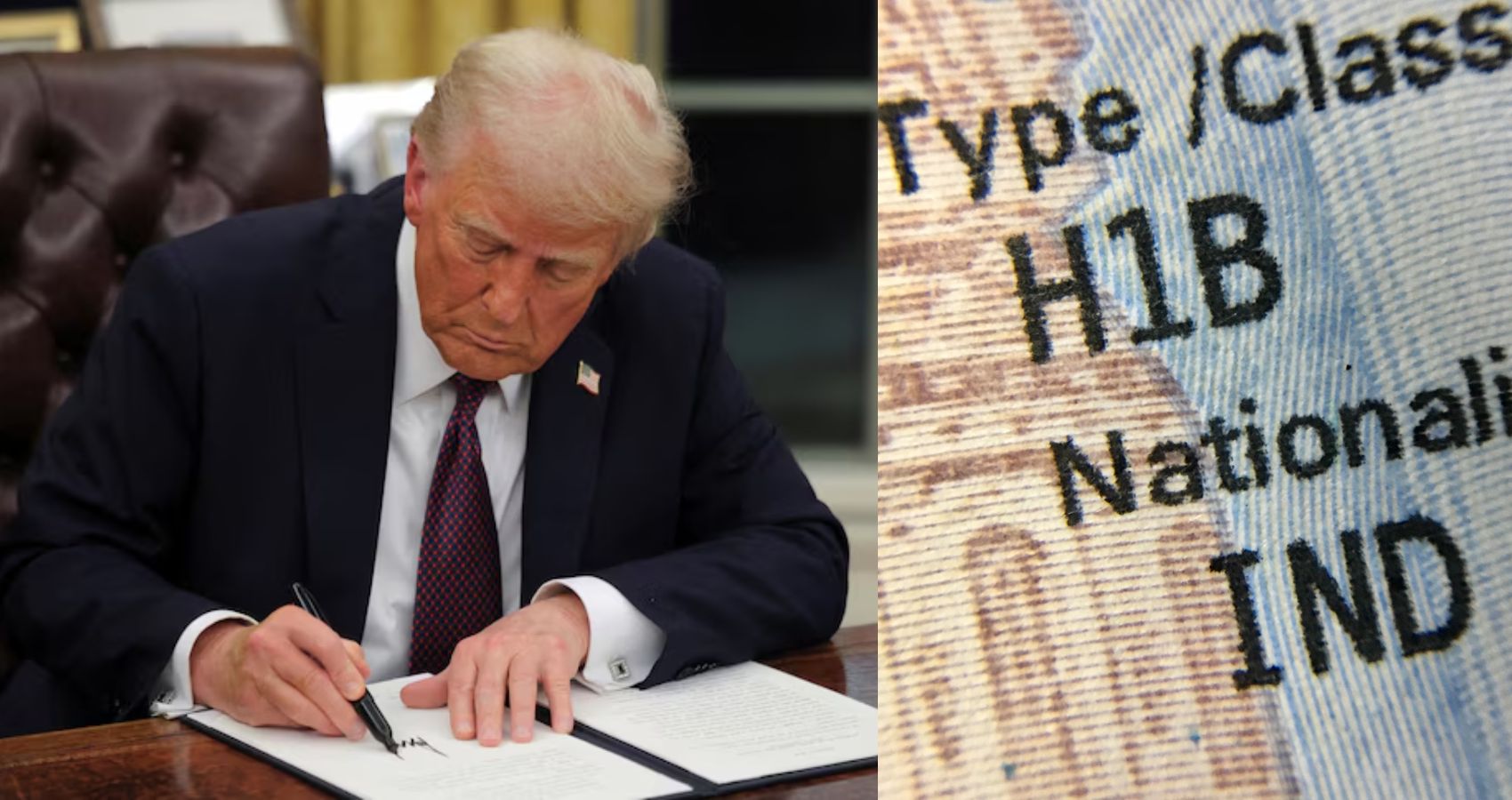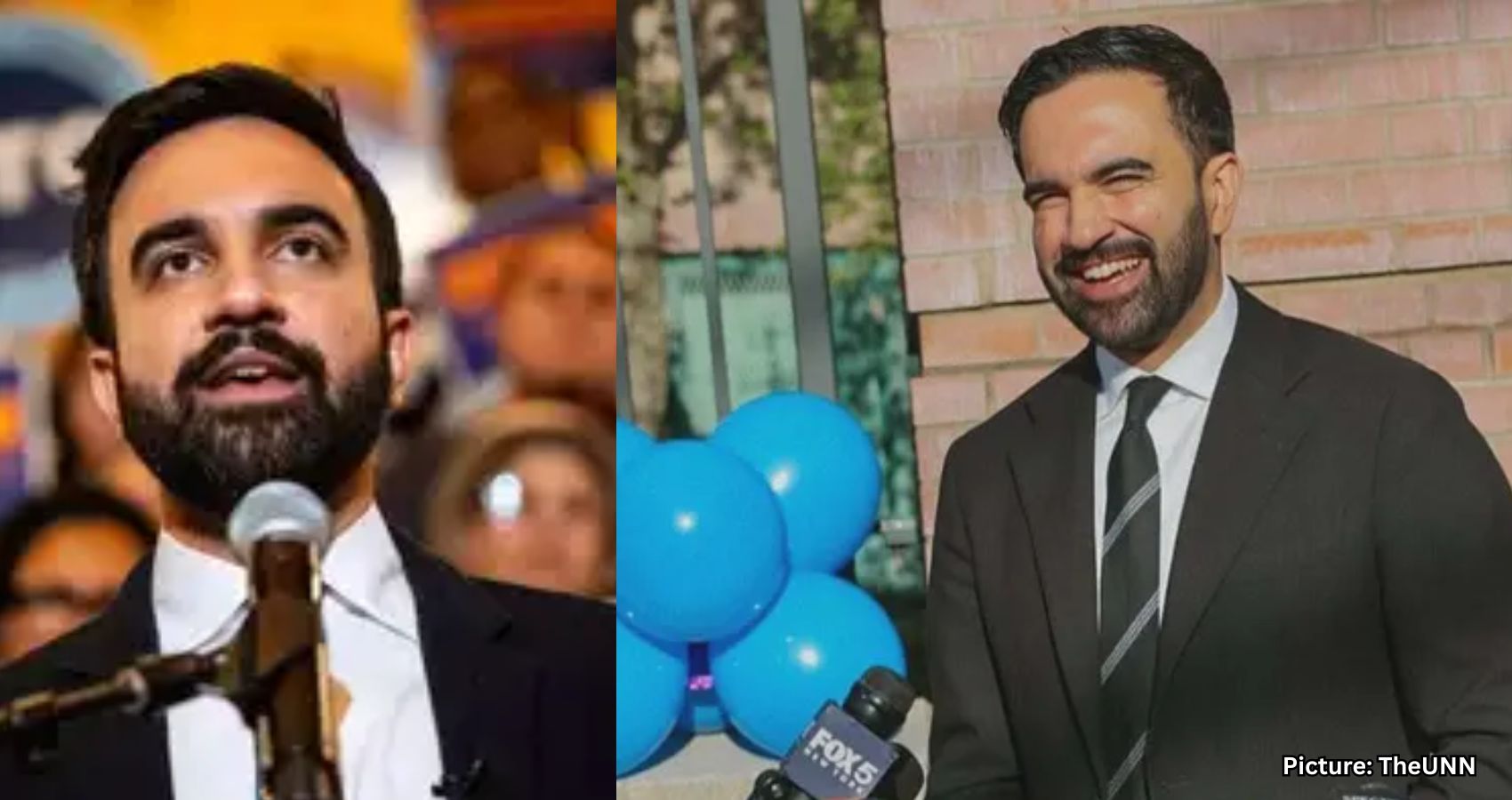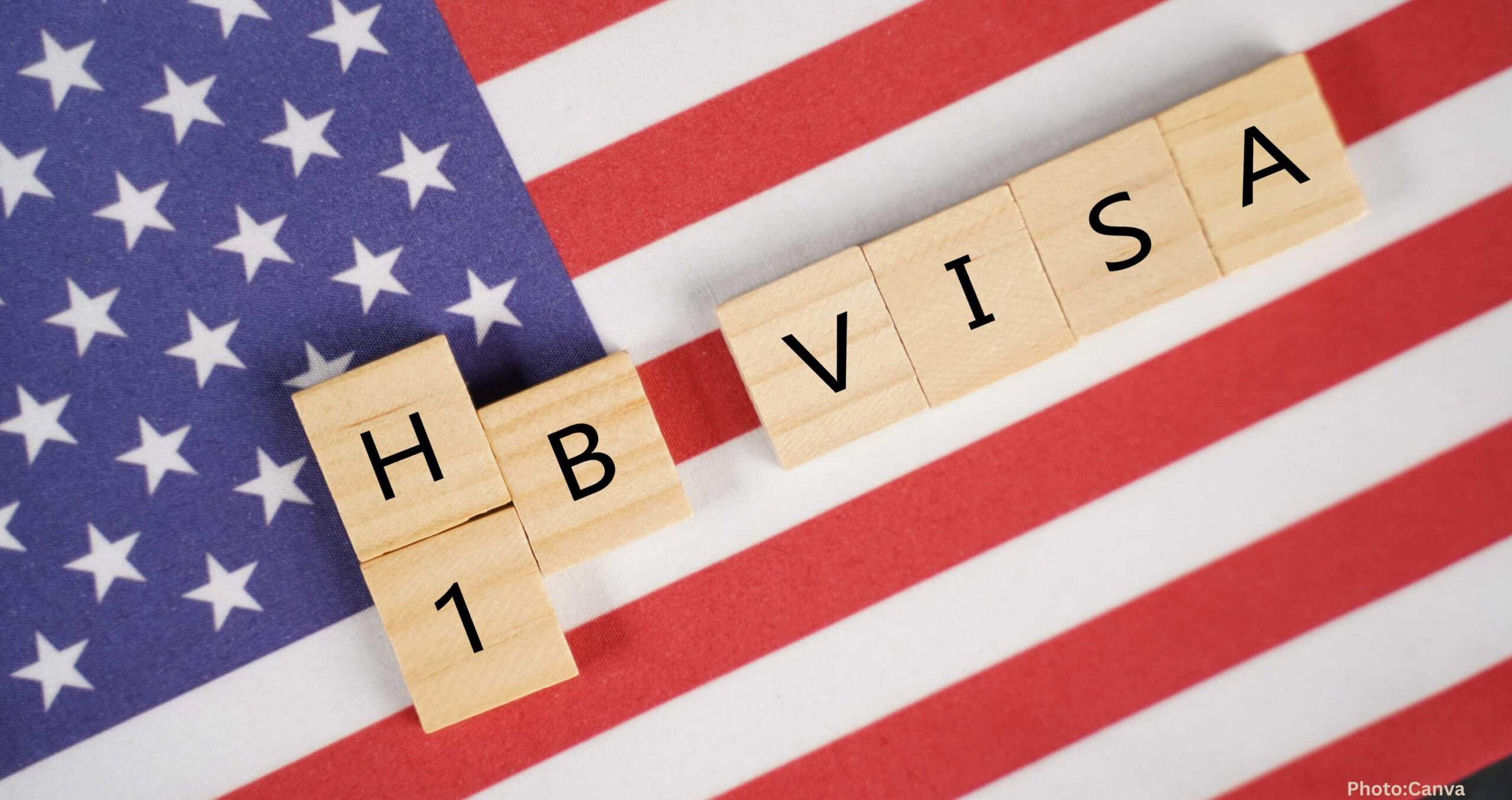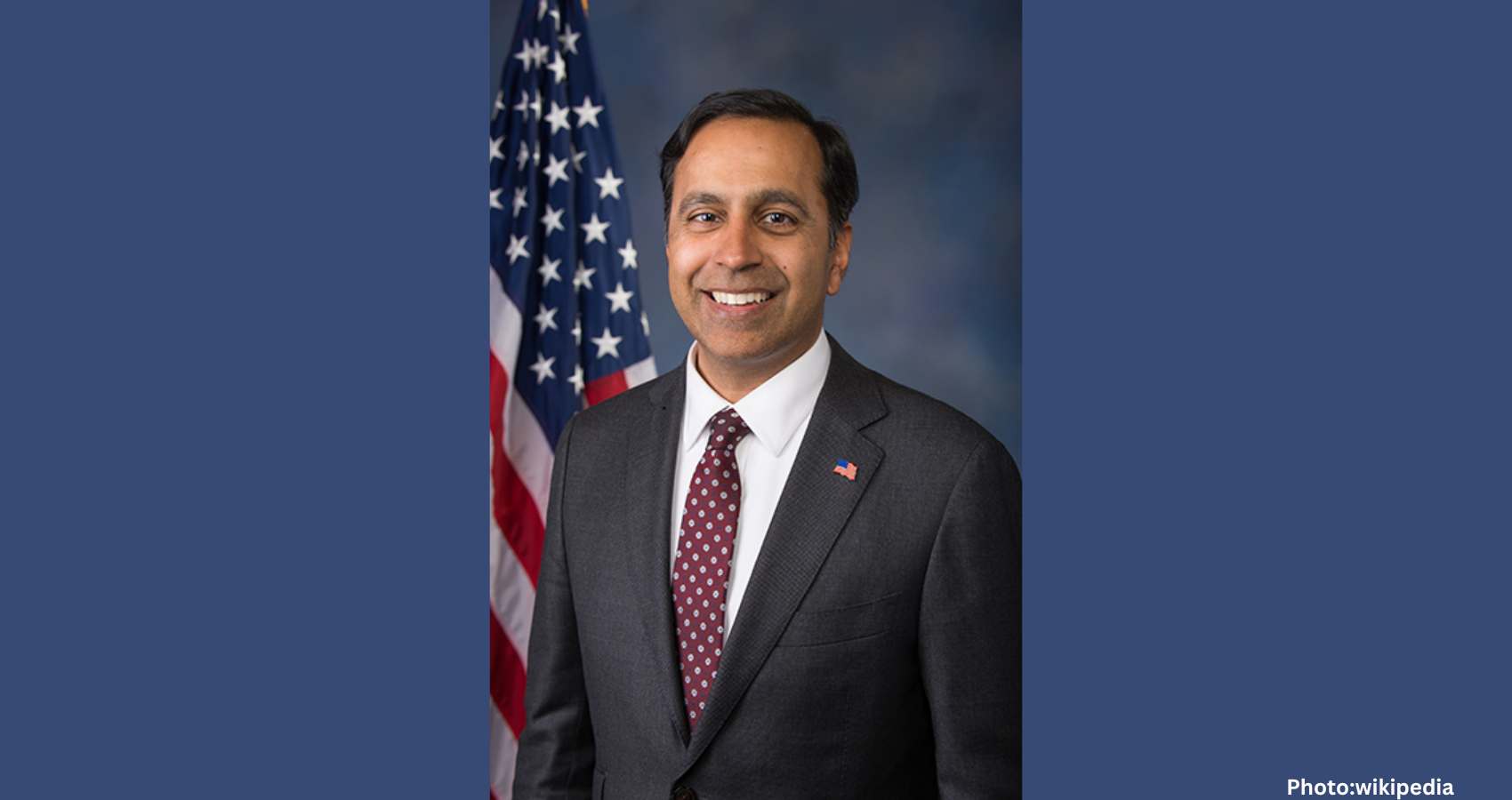The launch of Yakub Mathew’s book, *Seeking the Infinite: Maha Kumbh 2025*, sparked a vibrant dialogue on spirituality and culture at the IAAC Literary Festival in New York City.
The Indo-American Arts Council’s Literary Festival became a lively forum for spiritual and cultural dialogue with the launch of Yakub Mathew’s literary debut, *Seeking the Infinite: Maha Kumbh 2025*, on Sunday, November 16, 2025. The event took place at the prestigious International House in New York City and attracted seekers, scholars, and skeptics from around the world.
This gathering offered a profound exploration of faith, transcendence, and the enduring spiritual energy that characterizes India’s legendary Maha Kumbh Mela, a festival renowned for its significance in Hindu culture.
The unveiling of *Seeking the Infinite* was marked by the presence of Sadhguru, who officially released the book in front of an audience of over 600 attendees filling Davis Hall at the International House.
Following the book launch, a thought-provoking panel discussion was moderated by branding consultant Suhel Seth. The panel featured esteemed figures such as Harvard scholar Diana Eck, Rabbi Scott Matous, spiritual master Gurudev Sri Anish, and the Very Rev. Winnie Varghese, Dean of the Cathedral of St. John the Divine. Their discussion was characterized by honest inquiry and resonant interfaith dialogue.
*Seeking the Infinite* is described as “a living chronicle of spiritual encounters where faith traditions meet in humility and the sacred becomes a shared language.” The book comprises a tapestry of essays, dialogues, and reflections that take readers from the riverside rituals of the Maha Kumbh to intimate rooftop conversations. It encourages a shift in perspective, urging readers to view the festival not merely as a spectacle but as a “crucible of human yearning—for meaning, belonging, and transcendence.”
Diana Eck praised the book for its inclusive and pluralist spirit, noting, “You invite them to share their own… it’s multi-vocal with lots of different voices… it brings together your own sense of the importance of attenuating the differences between religions to a real interfaith vision.”
The anthology features insights from over fifty renowned personalities, weaving together diverse perspectives. Its foreword, contributed by Dr. Shashi Tharoor, Muzaffar Ali, and Anupam Kher, adds depth and cultural context. Tharoor remarked, “This coffee-table book is more than a collection of photographs; it is a window into the very essence—Mahima—of the Maha Kumbh. Here, each spread invites the reader to pause, to feel, and to remember that the search for the divine is both an inward journey and an outward celebration of our shared humanity.”
During the panel discussion, the complex relationship between religion and spirituality was explored. Suhel Seth posed a provocative question: “If you were given a choice, would you want the person to be religious or spiritual? You can only choose one…” This sparked dynamic and thoughtful exchanges among the panelists.
Rabbi Scott Matous emphasized the interplay between action and faith, stating, “When I give charity before I pray, when I give a helping hand, when I visit the sick, when I give honor to my parents, when I share love to a stranger. I’m connecting to God, because we are considered b’tzelem Elohim, the image of God.”
Gurudev Sri Anish championed the importance of inquiry and transformation, asserting, “Any system which kills the spirit of inquiry in asking questions… that doesn’t work. That’s when religion loses. If your version of religion or truth makes you transformational… your version of religion is working.”
Rev. Winnie Varghese offered a nuanced perspective on the dual nature of religion, stating, “Religion is used as a tool of social control, absolutely, and generates violence from conflict… but I actually think it comes, obviously, from a very pure place. I’m trying to say something true about human experience.”
Yakub Mathew, the author, is known for his financial leadership at institutions such as HSBC, Citi Private Banking, and Wells Fargo Advisors. His literary venture reflects his adaptability and commitment to values-driven service. Mathew holds advanced degrees from St. Stephen’s College, Madras University, and the Asian Institute of Management.
The Maha Kumbh Mela, which concluded in February 2025, saw over 660 million devotees from various faiths converge at the Triveni Sangam for a holy dip. This festival, rooted in the ancient Rigveda and entwined with the mythic tale of Sagar Manthan, rotates among four locations in cycles of 4, 6, and 12 years. The rare Maha Kumbh, believed to occur once every 144 years, was commemorated in Prayagraj, marking a historic moment for millions.
Reflecting on his personal pilgrimage, Mathew shared, “In January 2025, I fulfilled a lifelong dream by embarking on a pilgrimage to Prayagraj for the once-in-144-years Maha Kumbh, where the sacred rivers Ganga, Yamuna, and Saraswati meet. Joined by my wife and seventeen dear friends from across the globe, the experience became a profound celebration of the completion of my 60th year and a spiritual journey that inspired deep reflection on life’s eternal questions.”
The book has received endorsements from revered spiritual leaders, including The Dalai Lama, Sadhguru, Maharaj Avadheshanand Giri Ji, Cardinal Oswald Gracias, and Maharaj Radhanath Swami Ji. Their support, along with the presence of global thought leaders at the launch, underscores the book’s interfaith ethos and its resonance across spiritual traditions.
Mathew’s vision for *Seeking the Infinite* is heartfelt: “What began as a way to capture our memories soon evolved into this book, enriched by insights from over fifty renowned personalities across diverse fields. The Maha Kumbh reminded us that beyond faith and culture lies a shared divine essence, and through this work, we hope to spark interfaith harmony and inspire seekers everywhere to look within and seek the Infinite.”
The overwhelming turnout of over 600 attendees on a Sunday evening in New York City highlighted the festival’s status as a global gathering for thought leaders, spiritual seekers, and lovers of culture. The book launch was celebrated not only as a literary achievement but also as a rare confluence of wisdom, culture, and inspiration—an evening not to be missed by seekers, scholars, and skeptics alike.
*Seeking the Infinite* stands as a contemplative invitation to all—whether seeker, scholar, or skeptic—to reflect on faith, humility, and the universal human quest for the sacred. Through its essays, dialogues, and interfaith encounters, the book offers a meditative lens on India’s spiritual heartbeat and the global soul it awakens.
In the words of Yakub Mathew, “The Infinite is not a place to reach. But a truth to remember—that within you lies a horizon without end.”
Source: Original article

